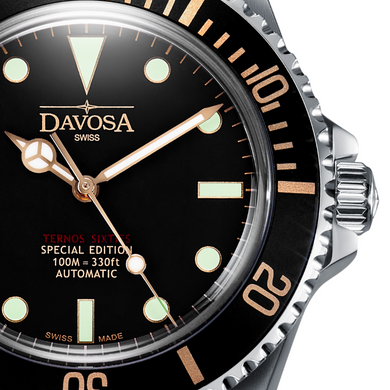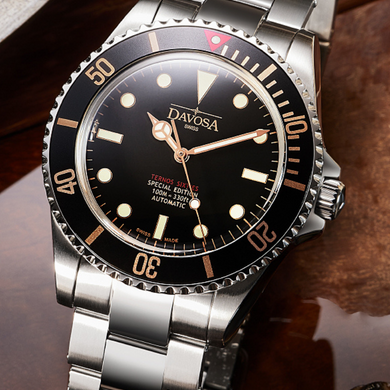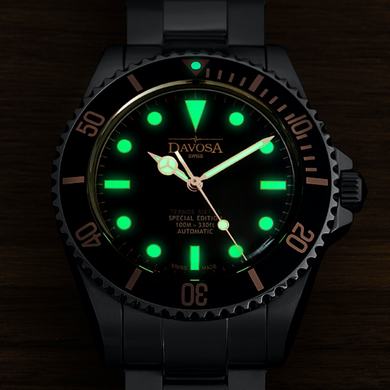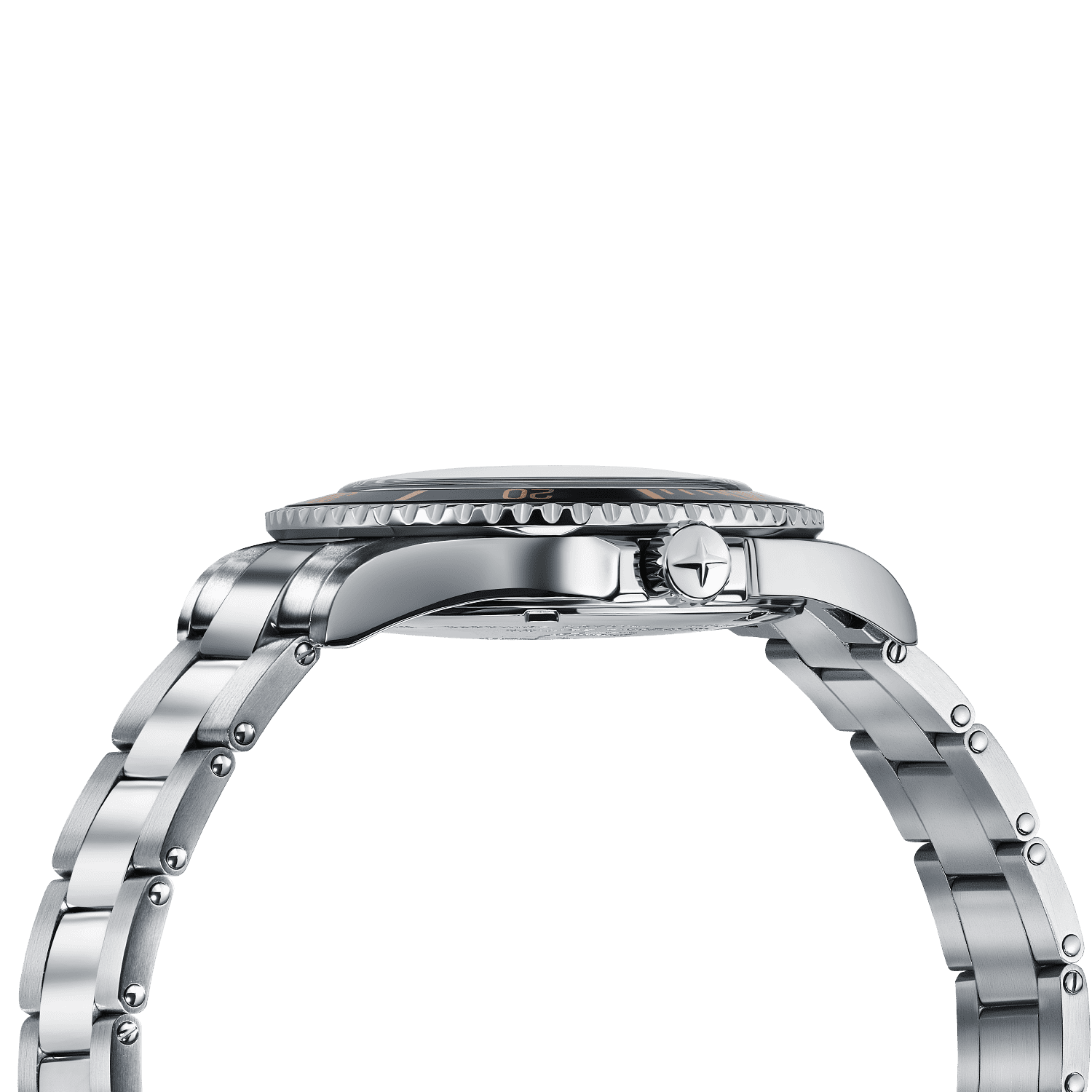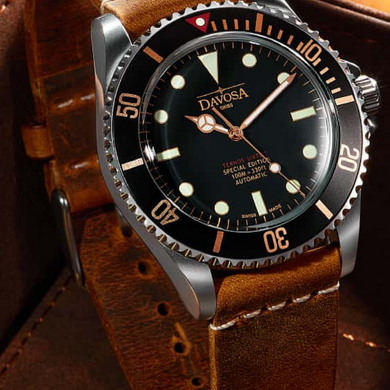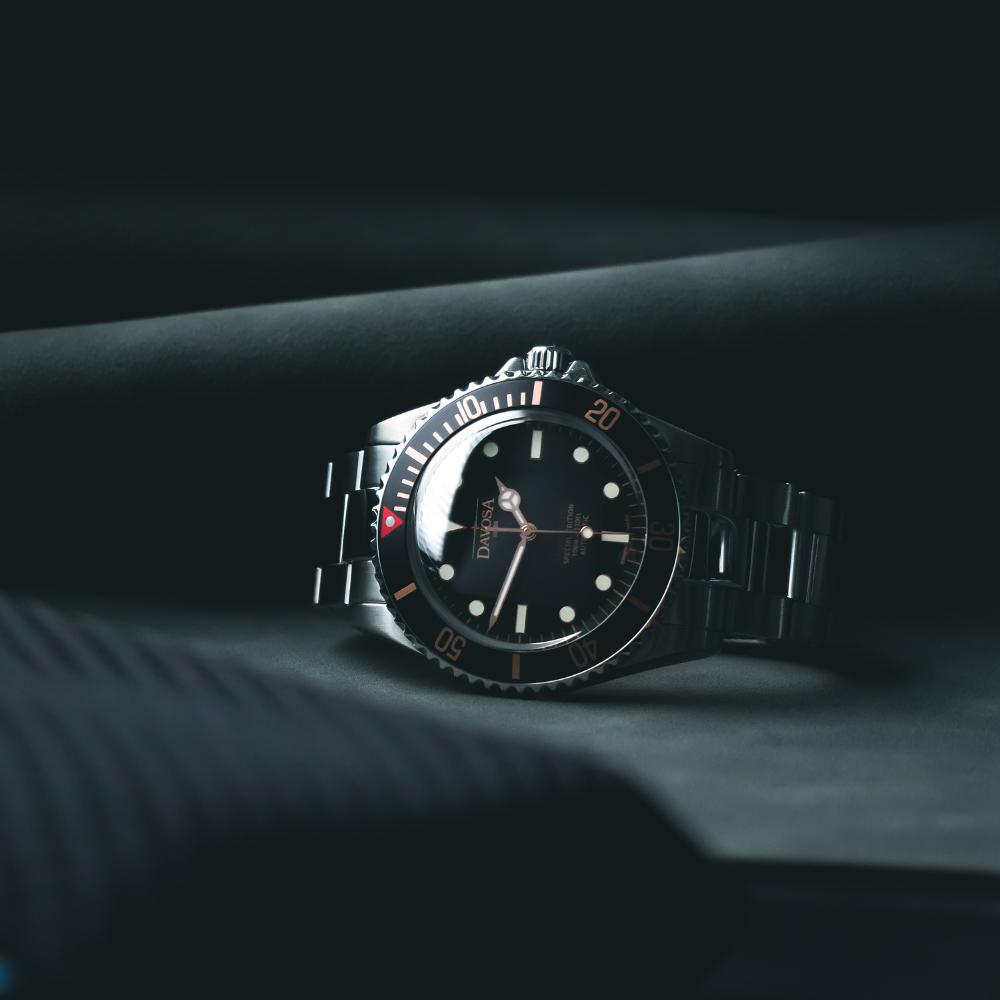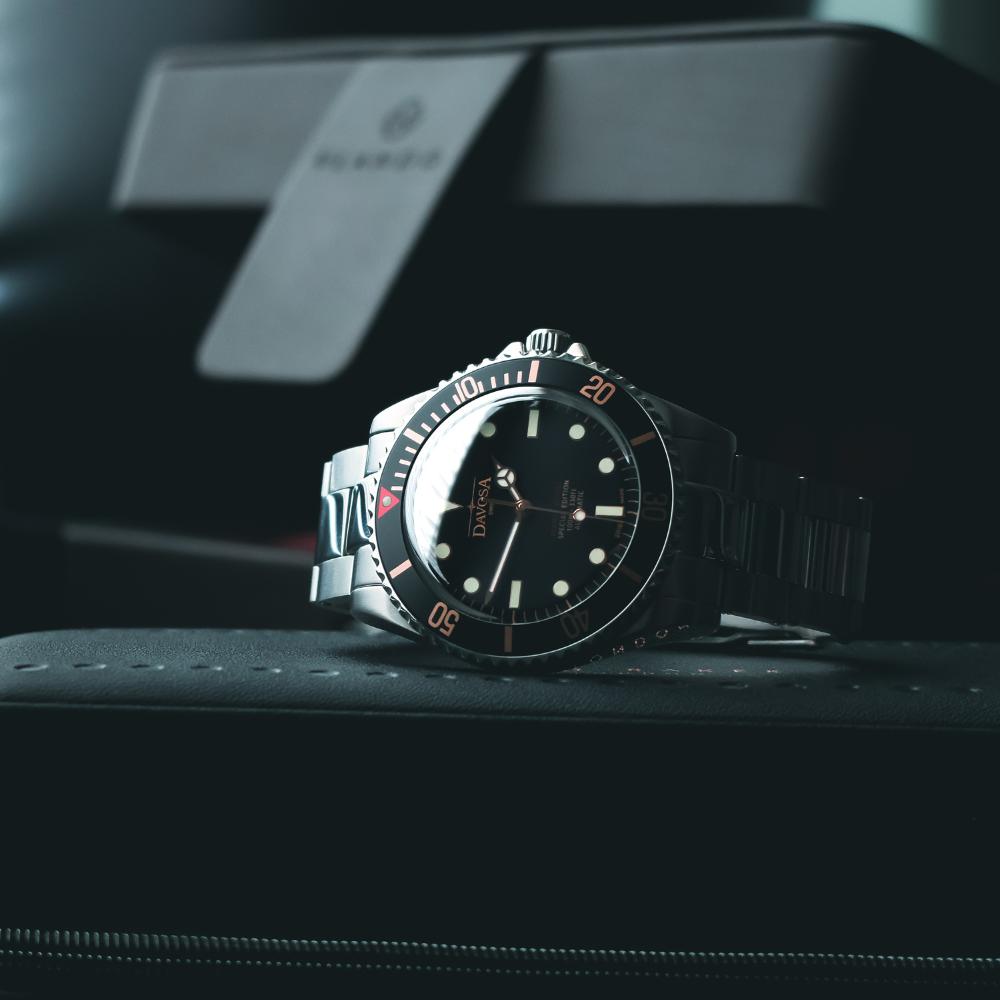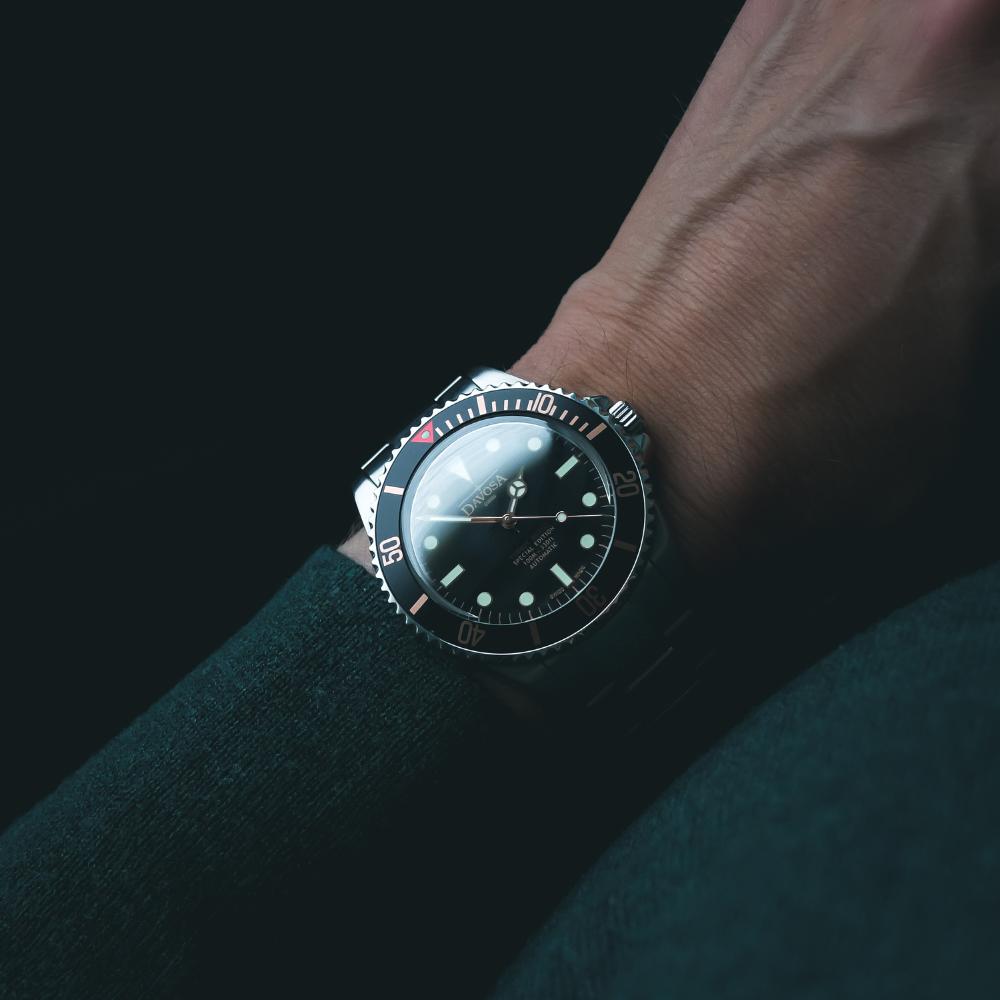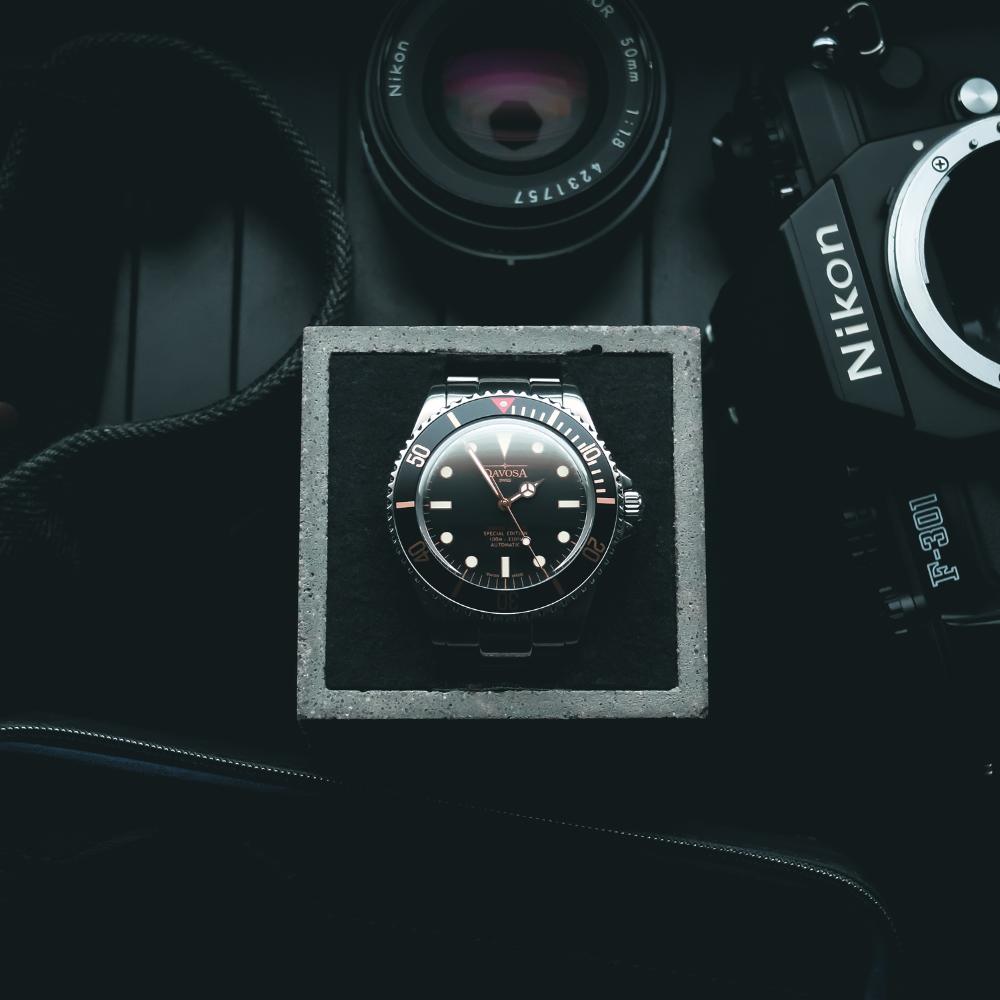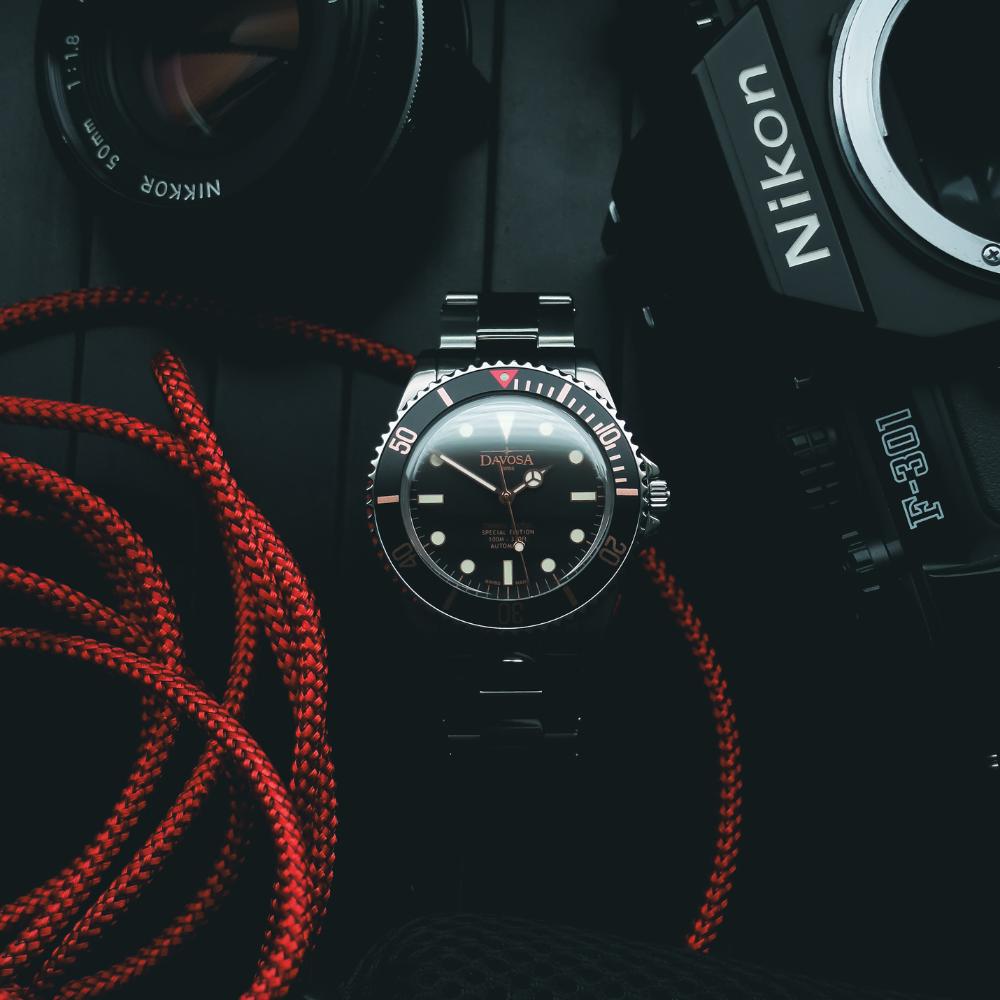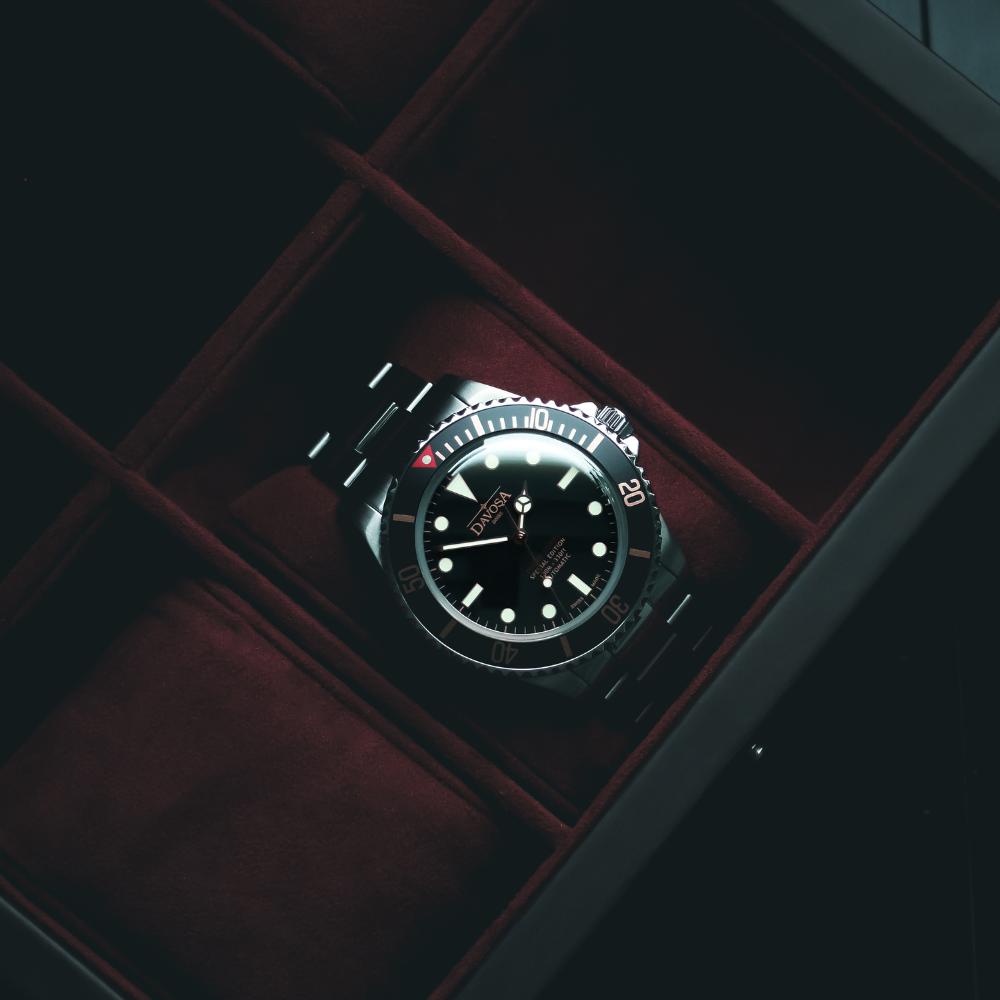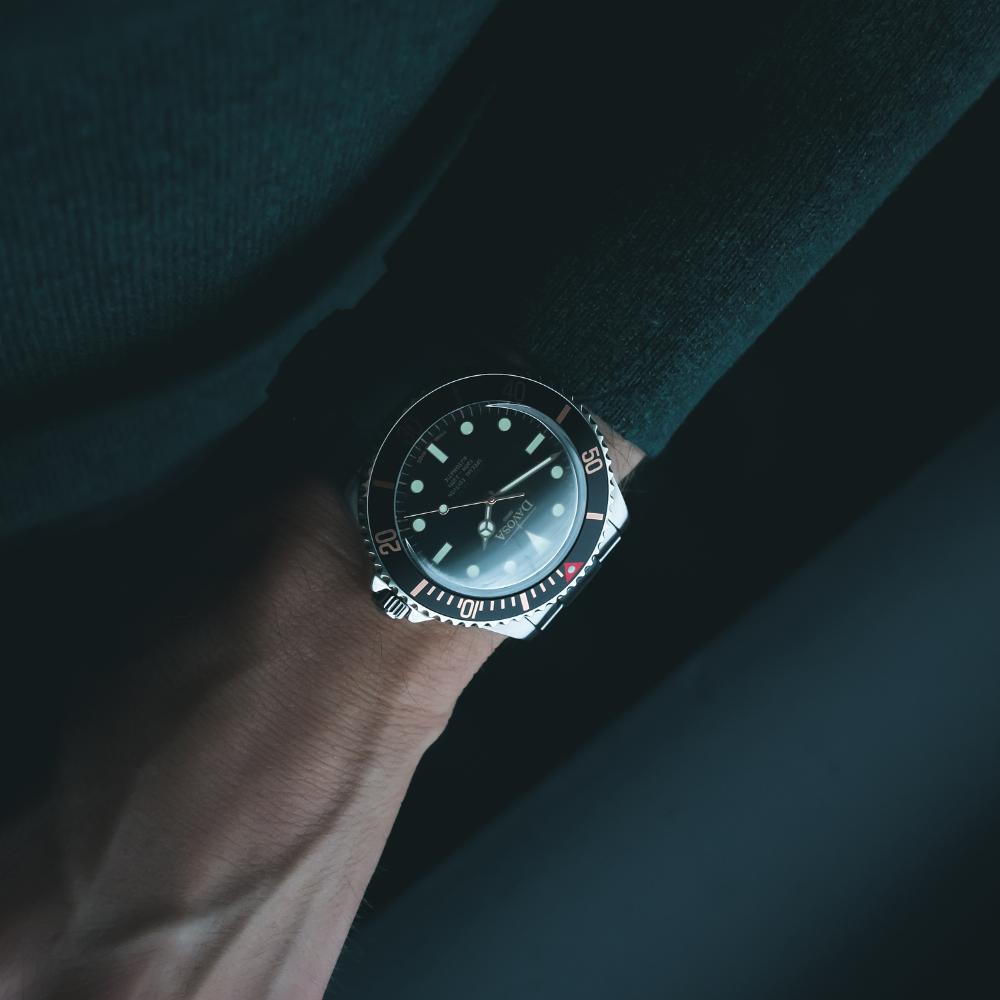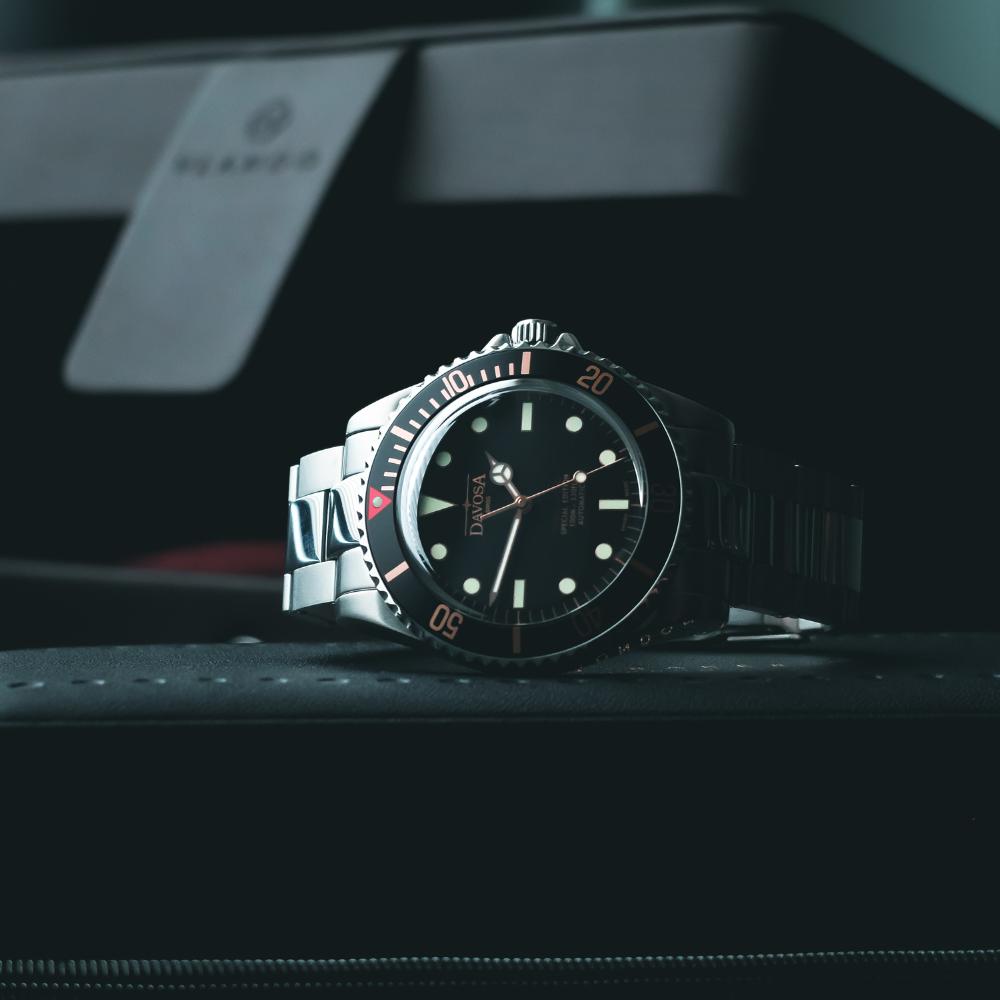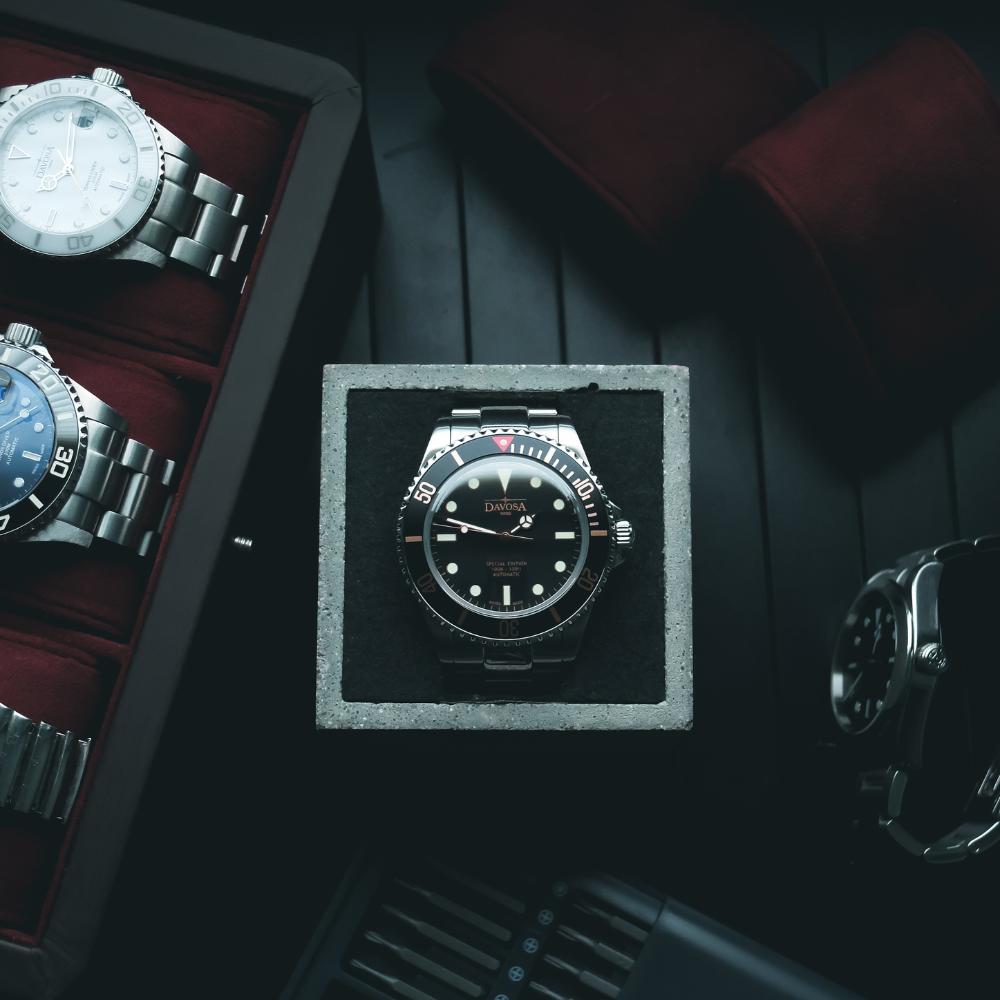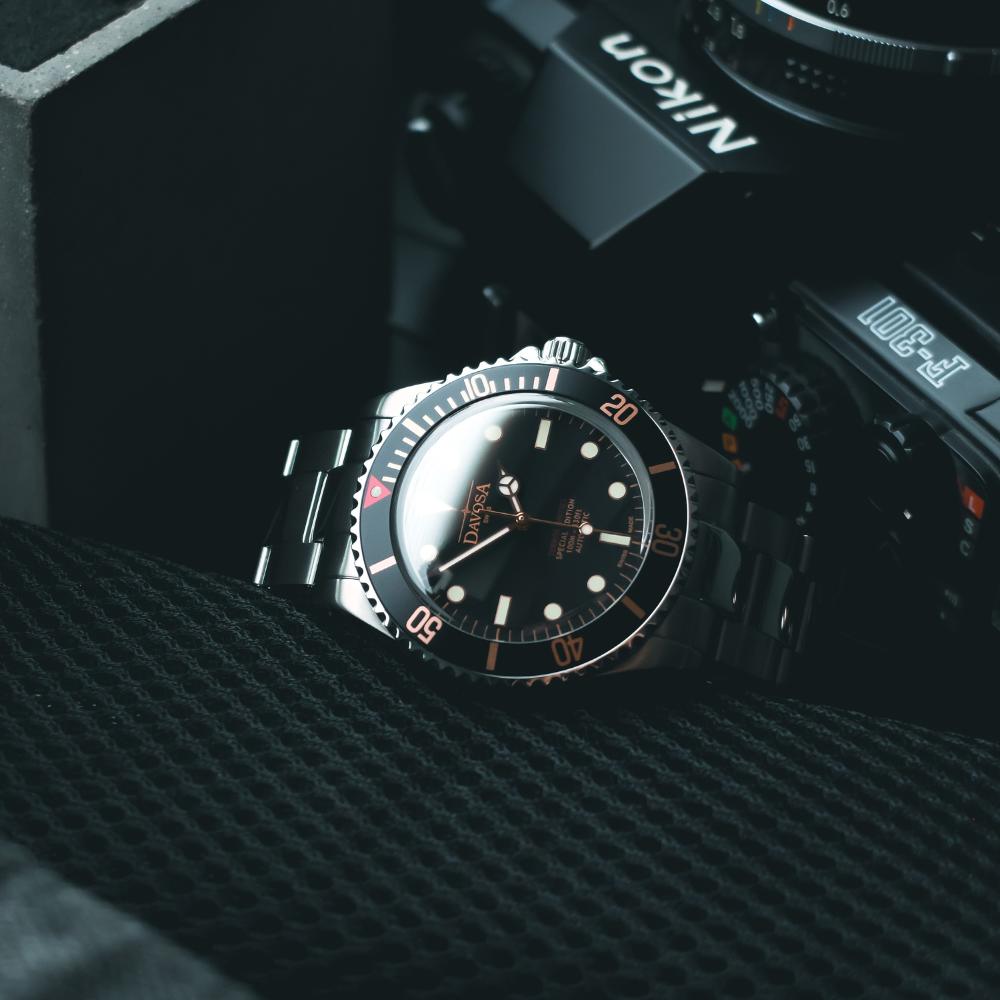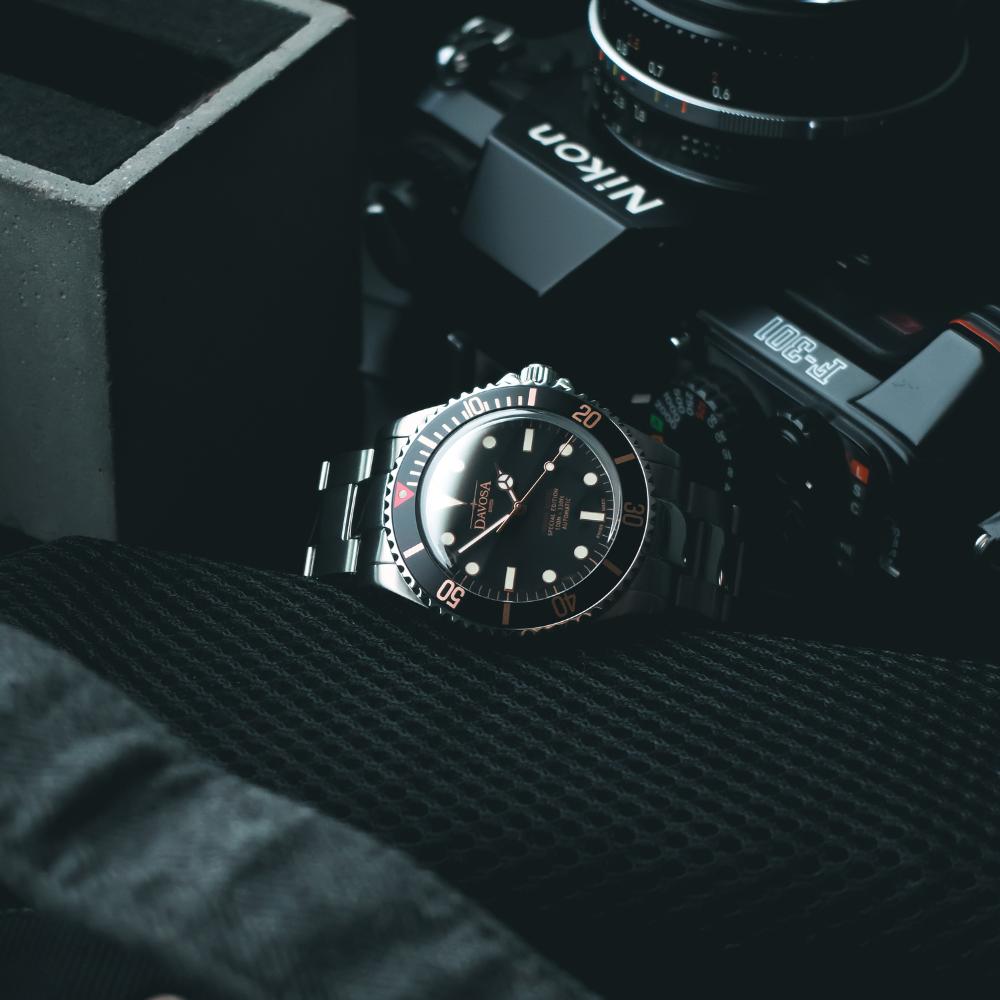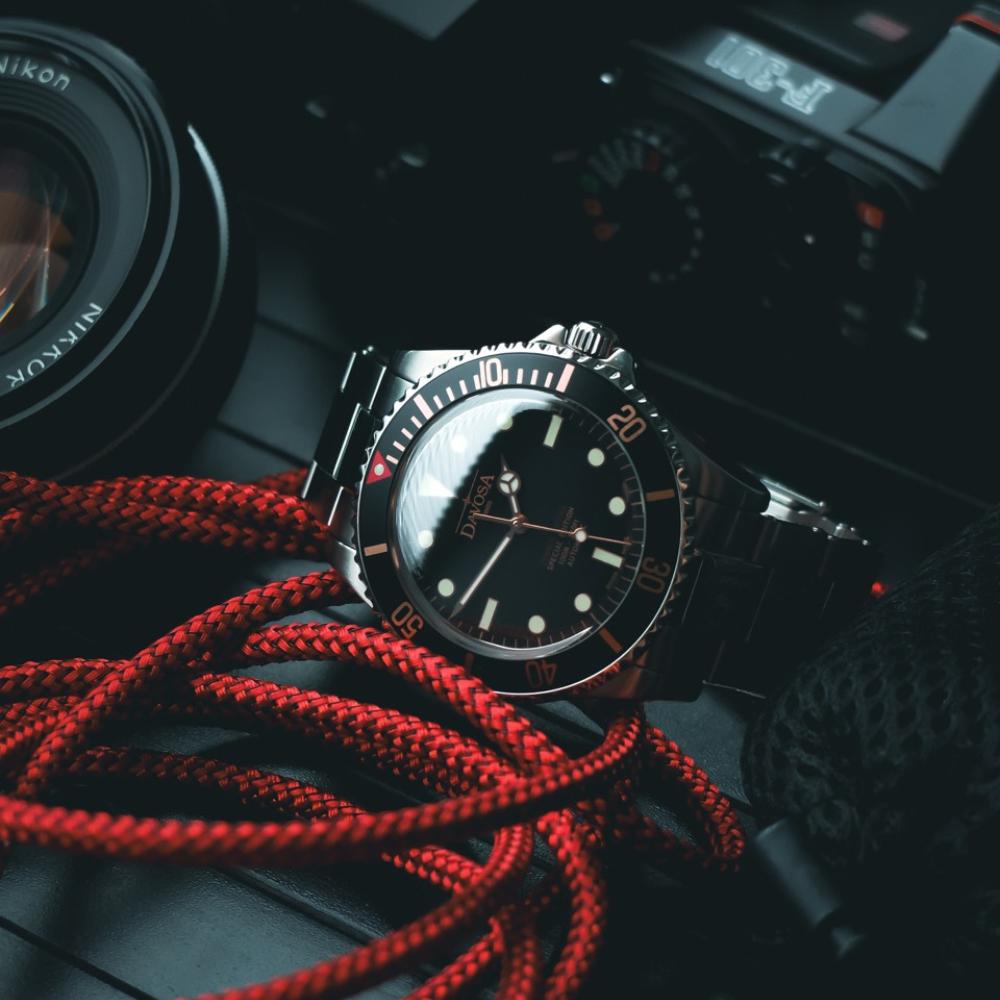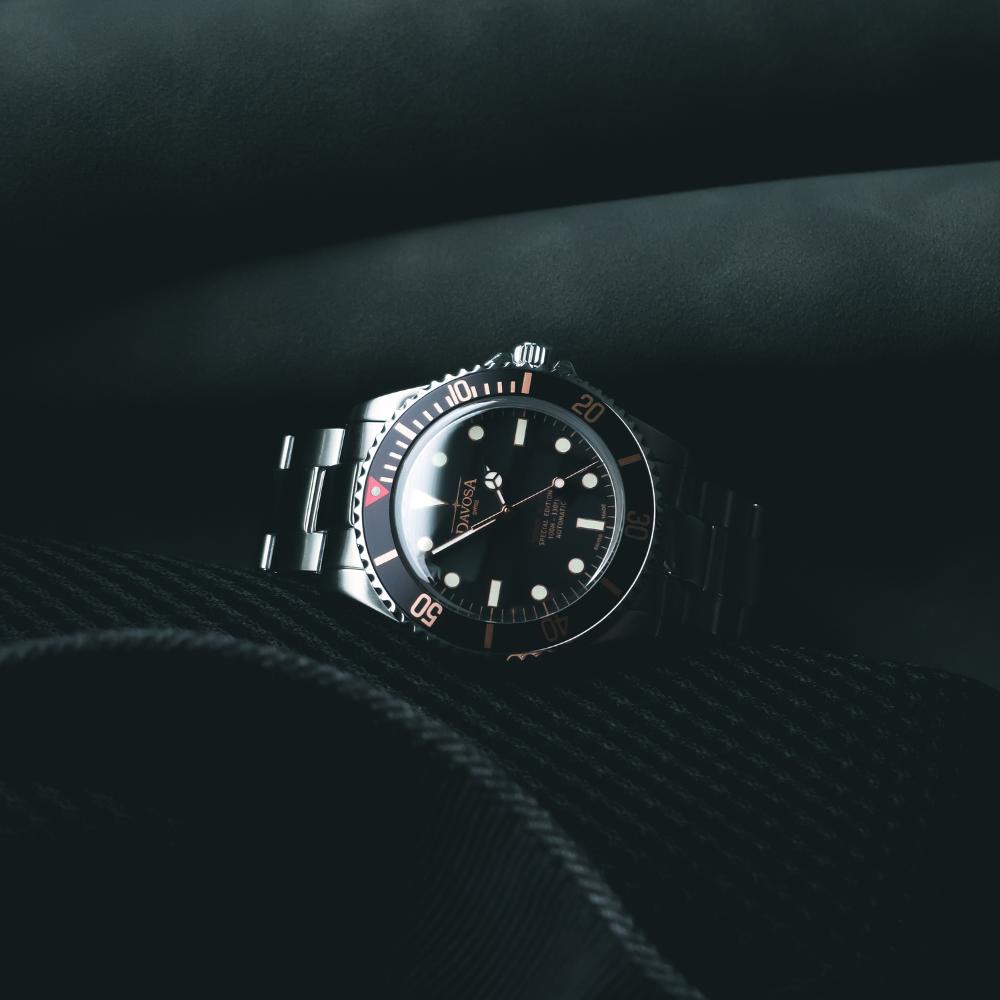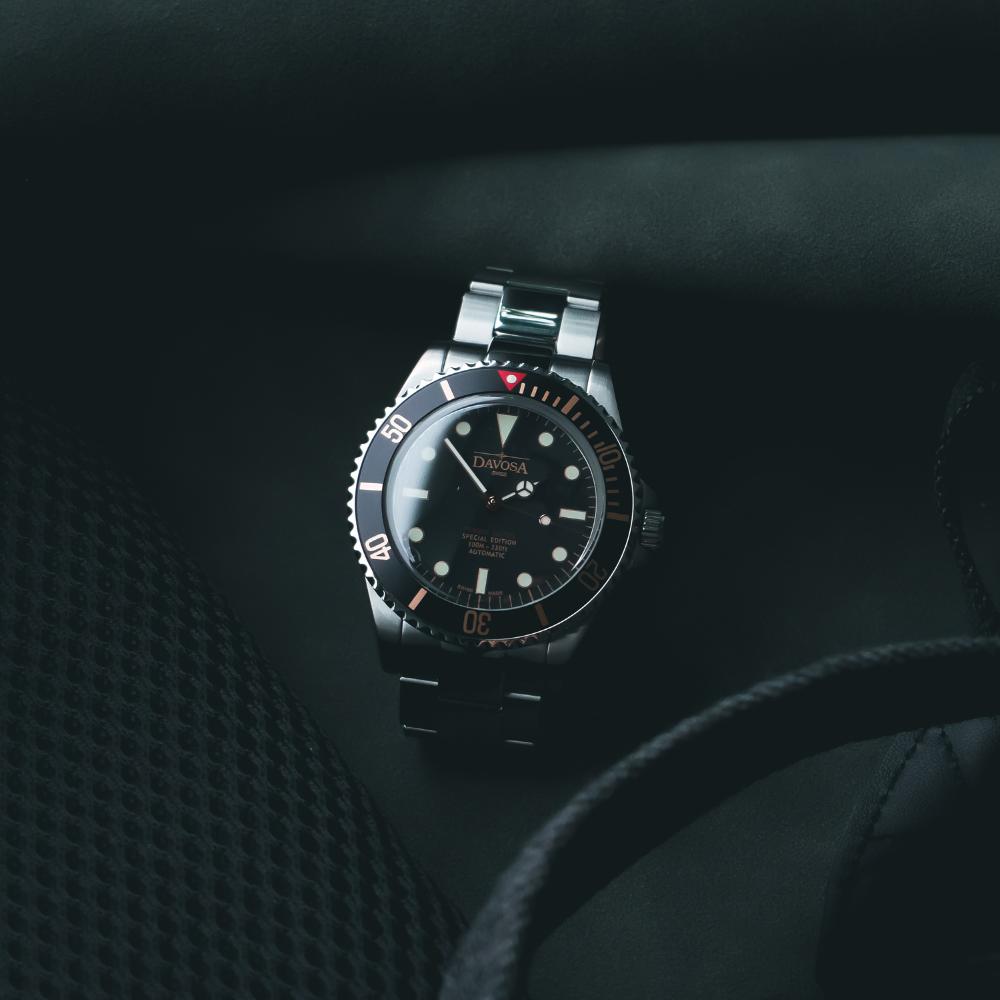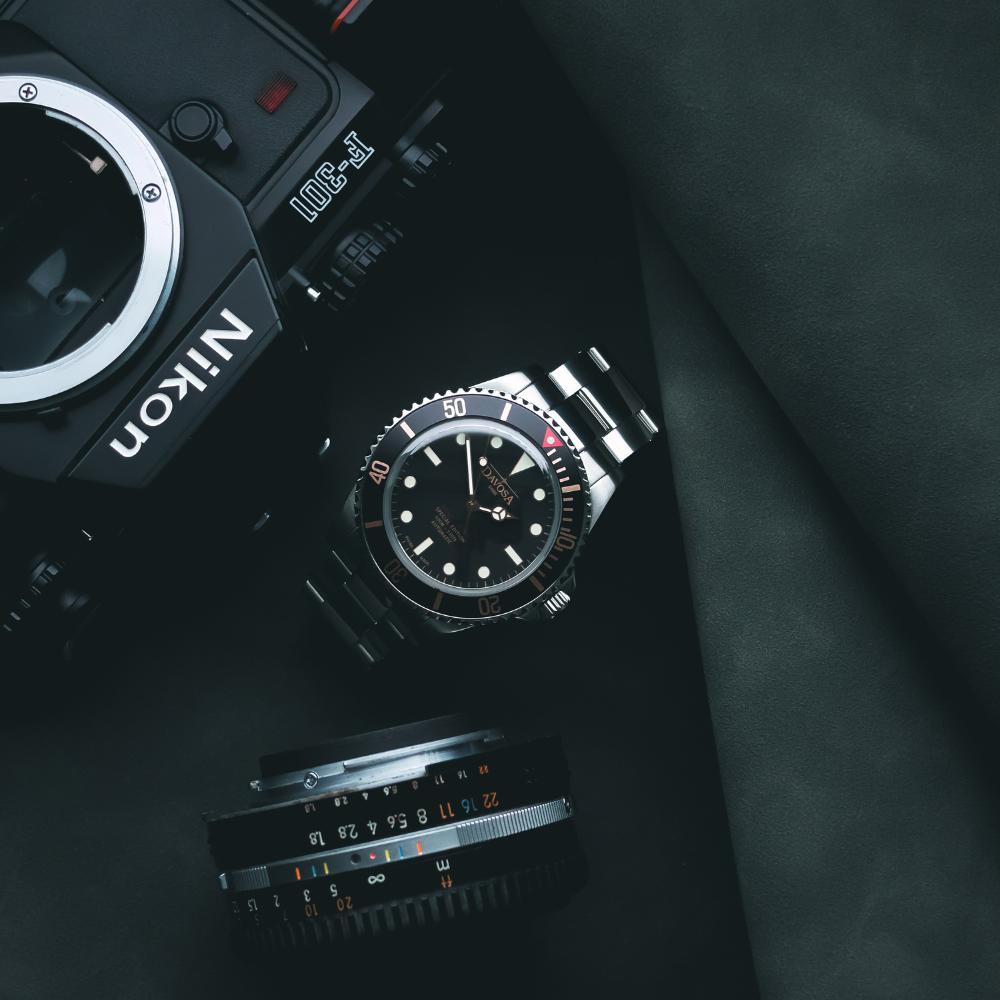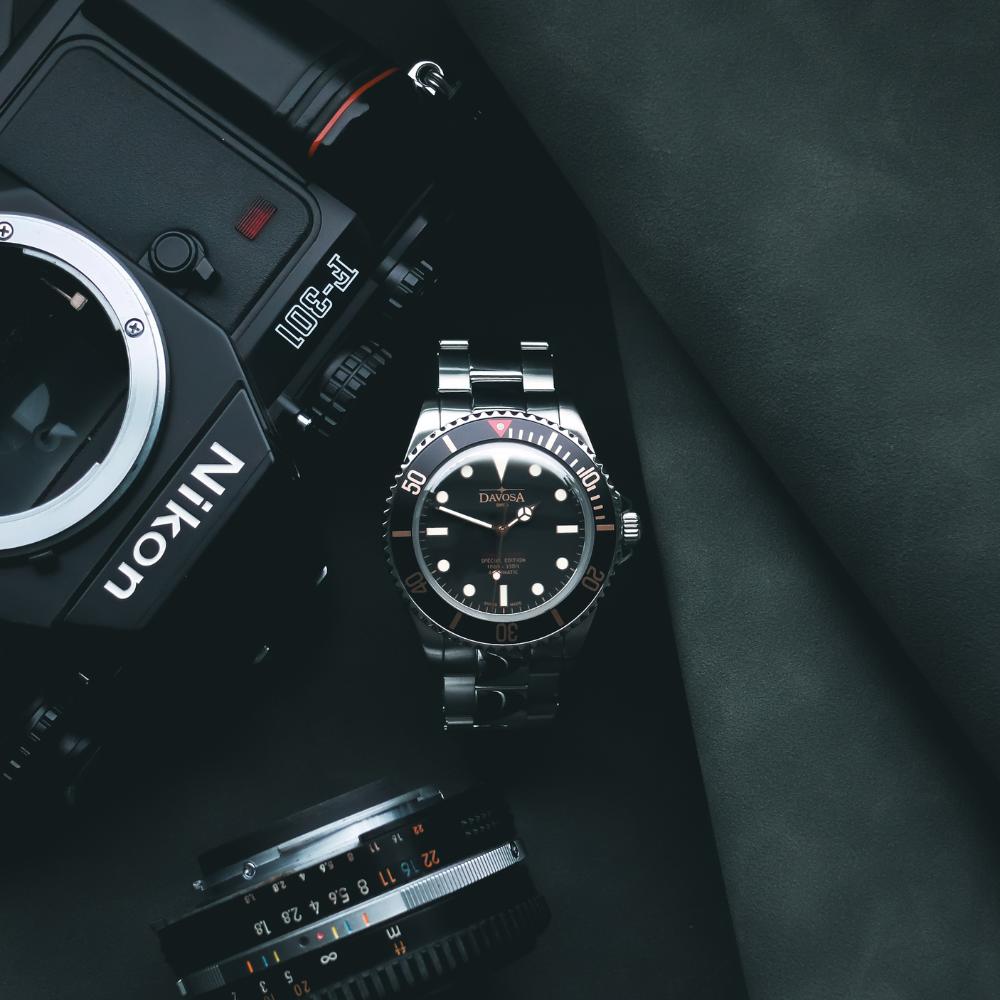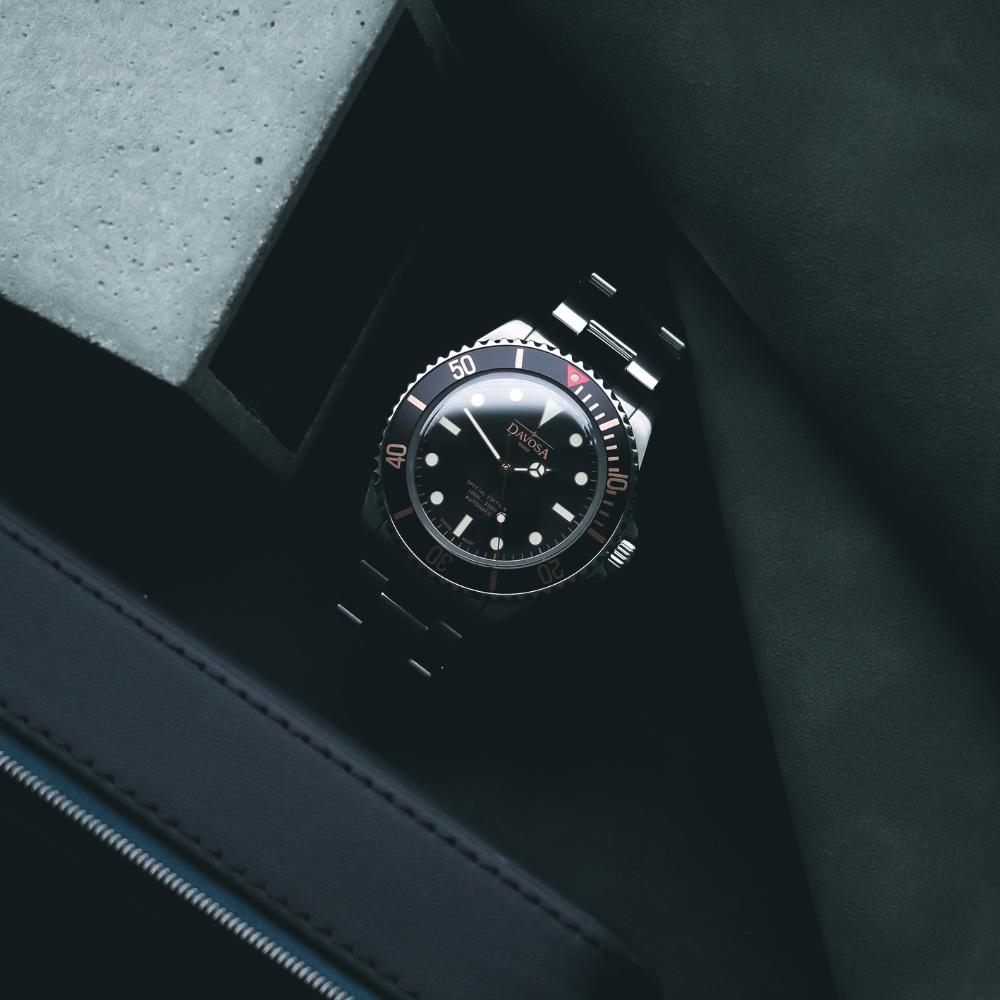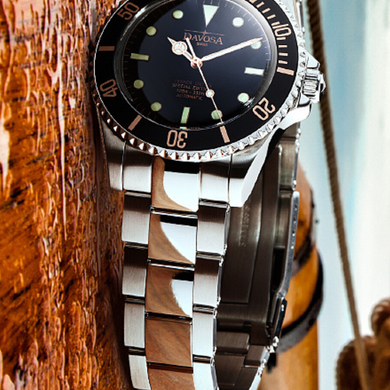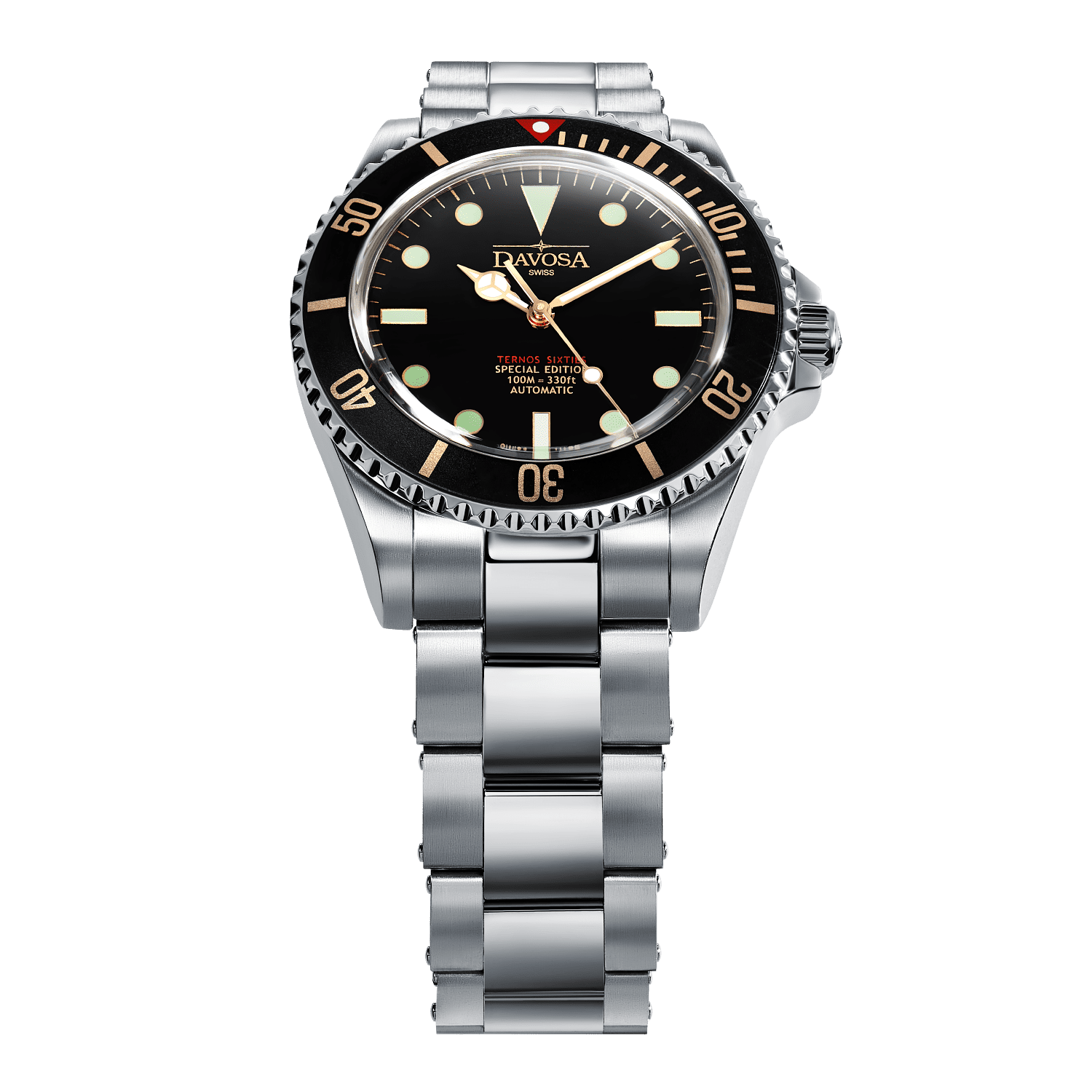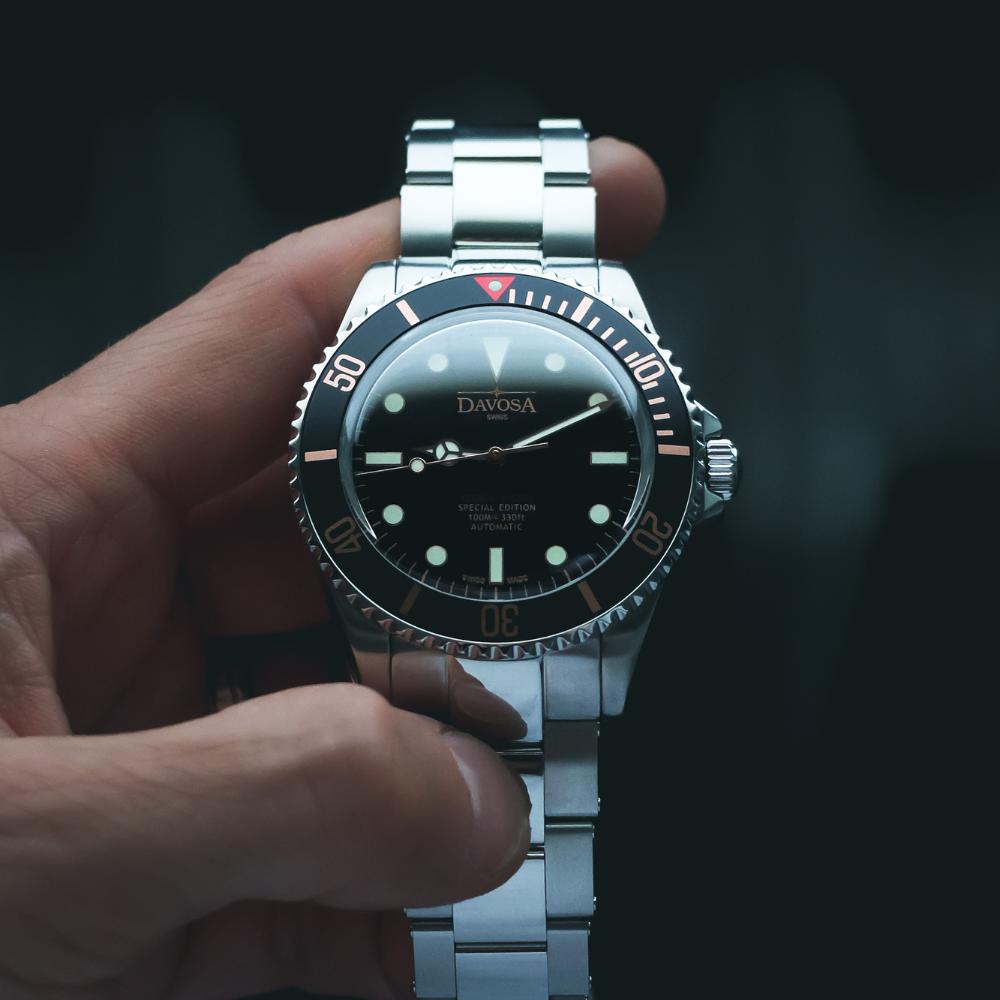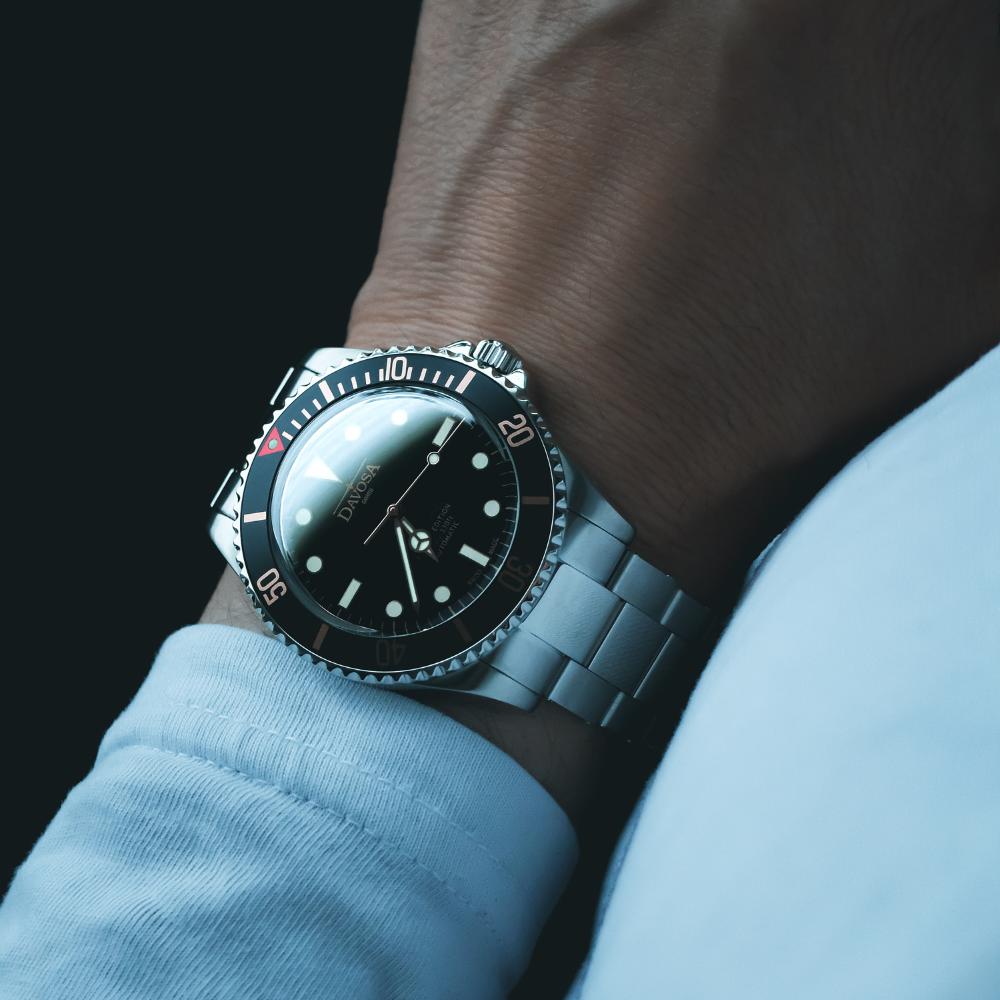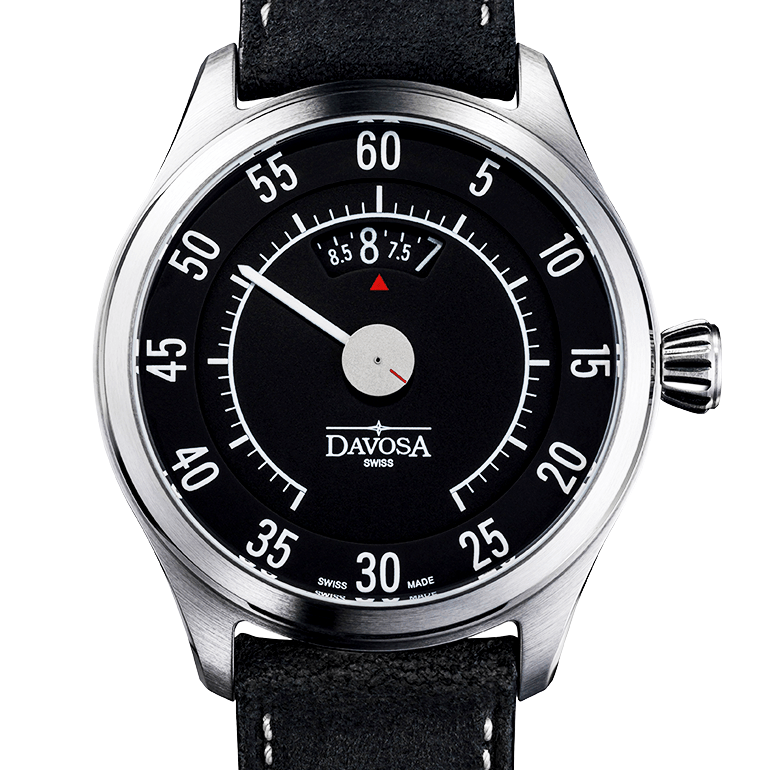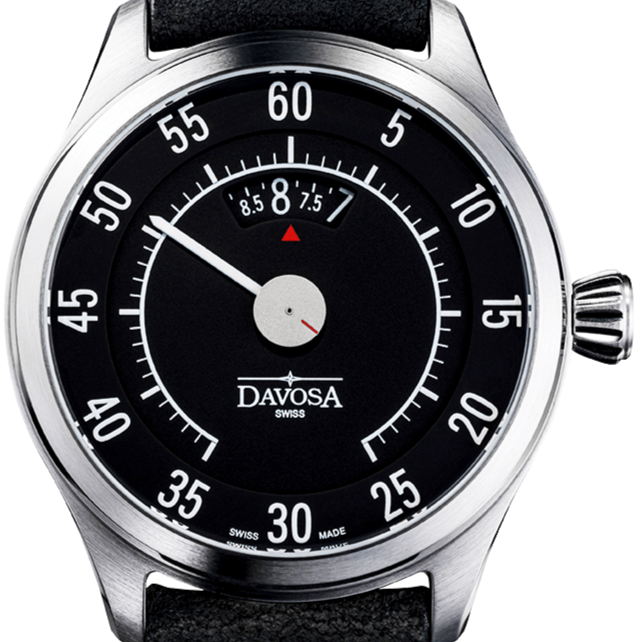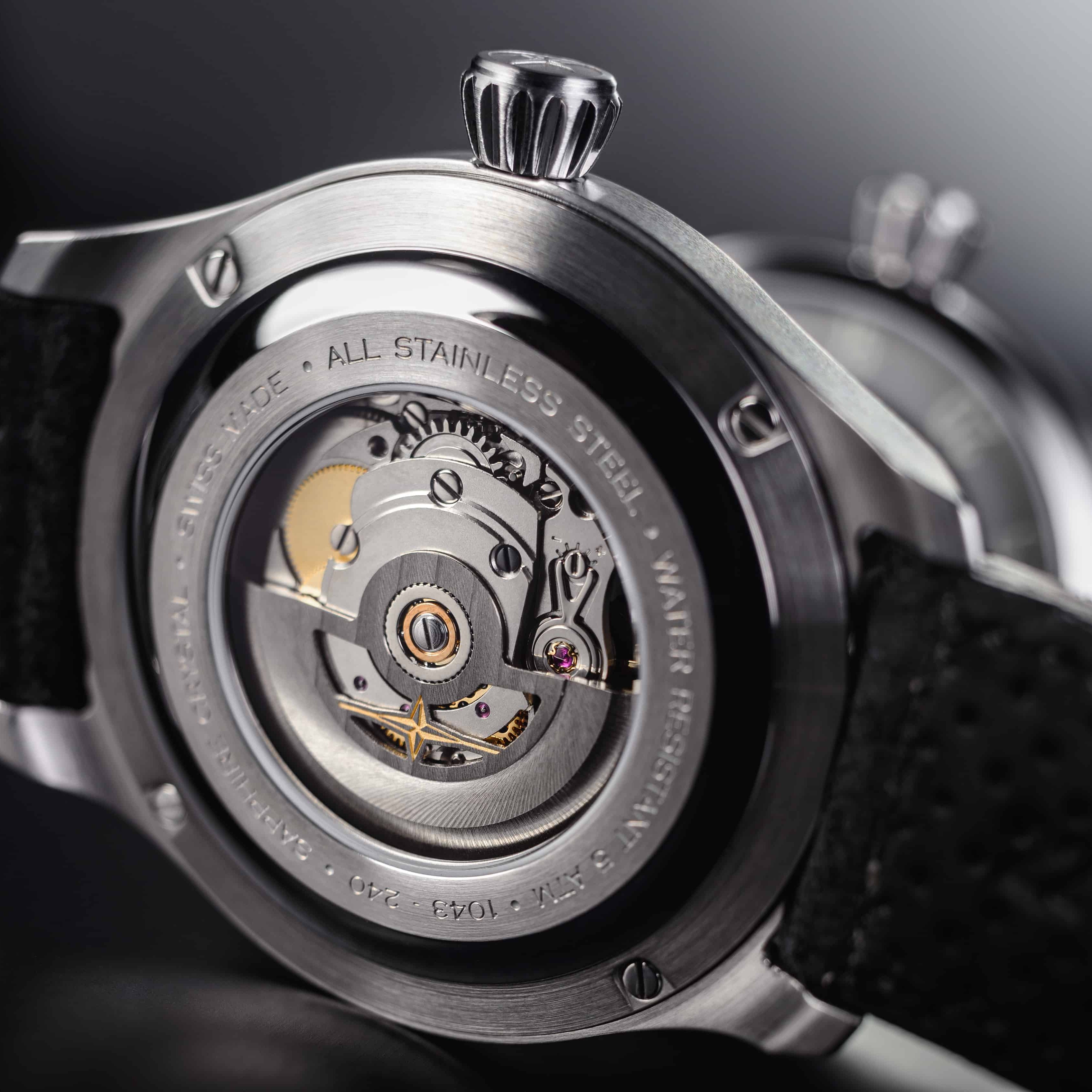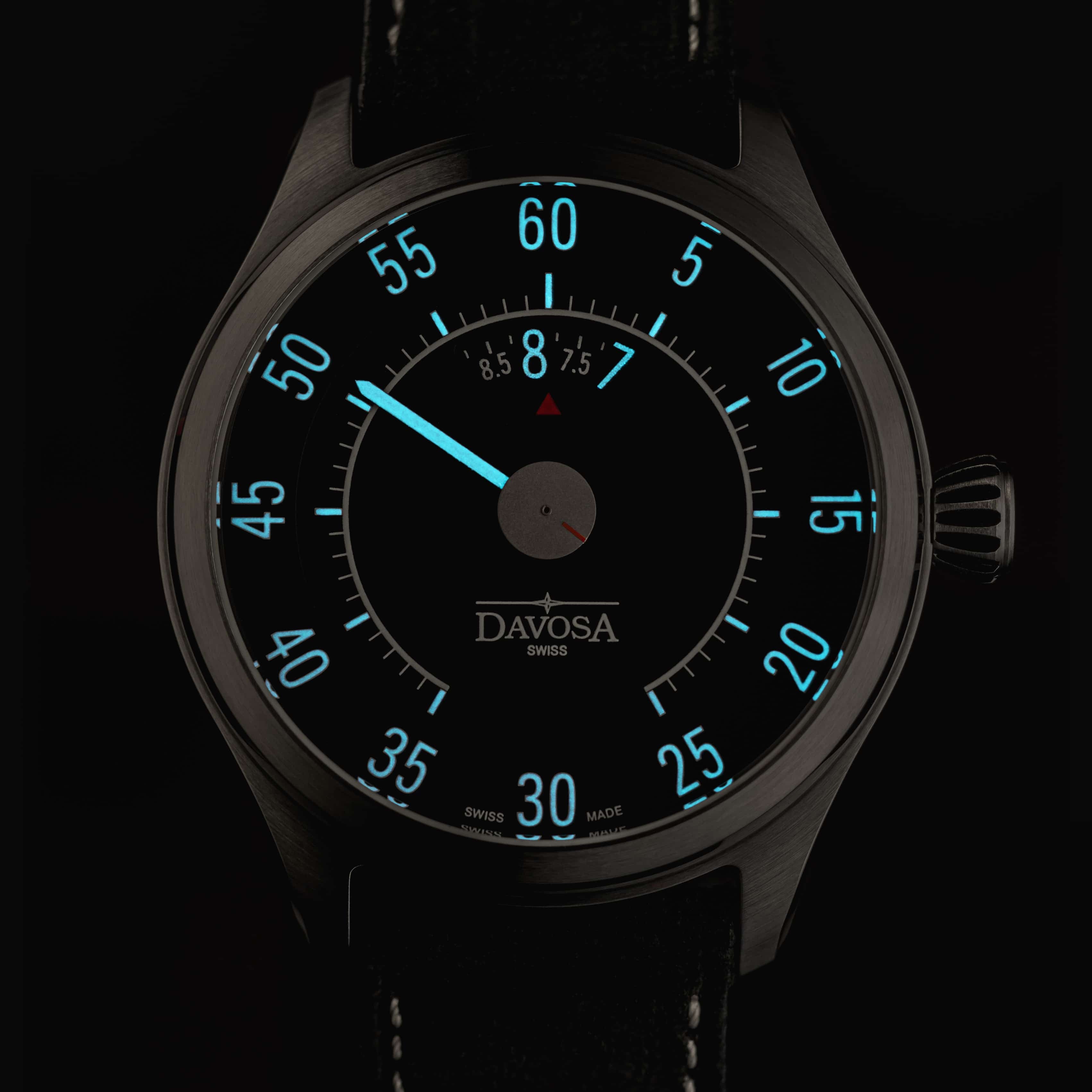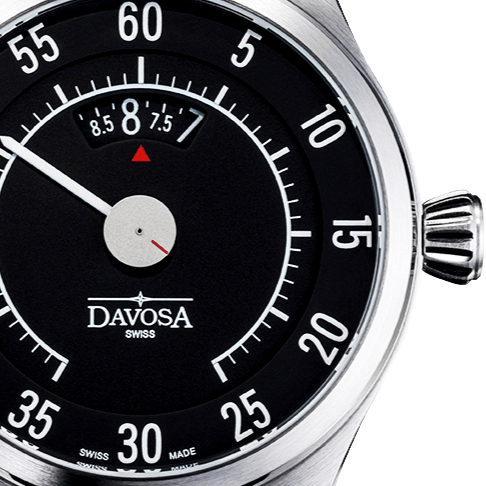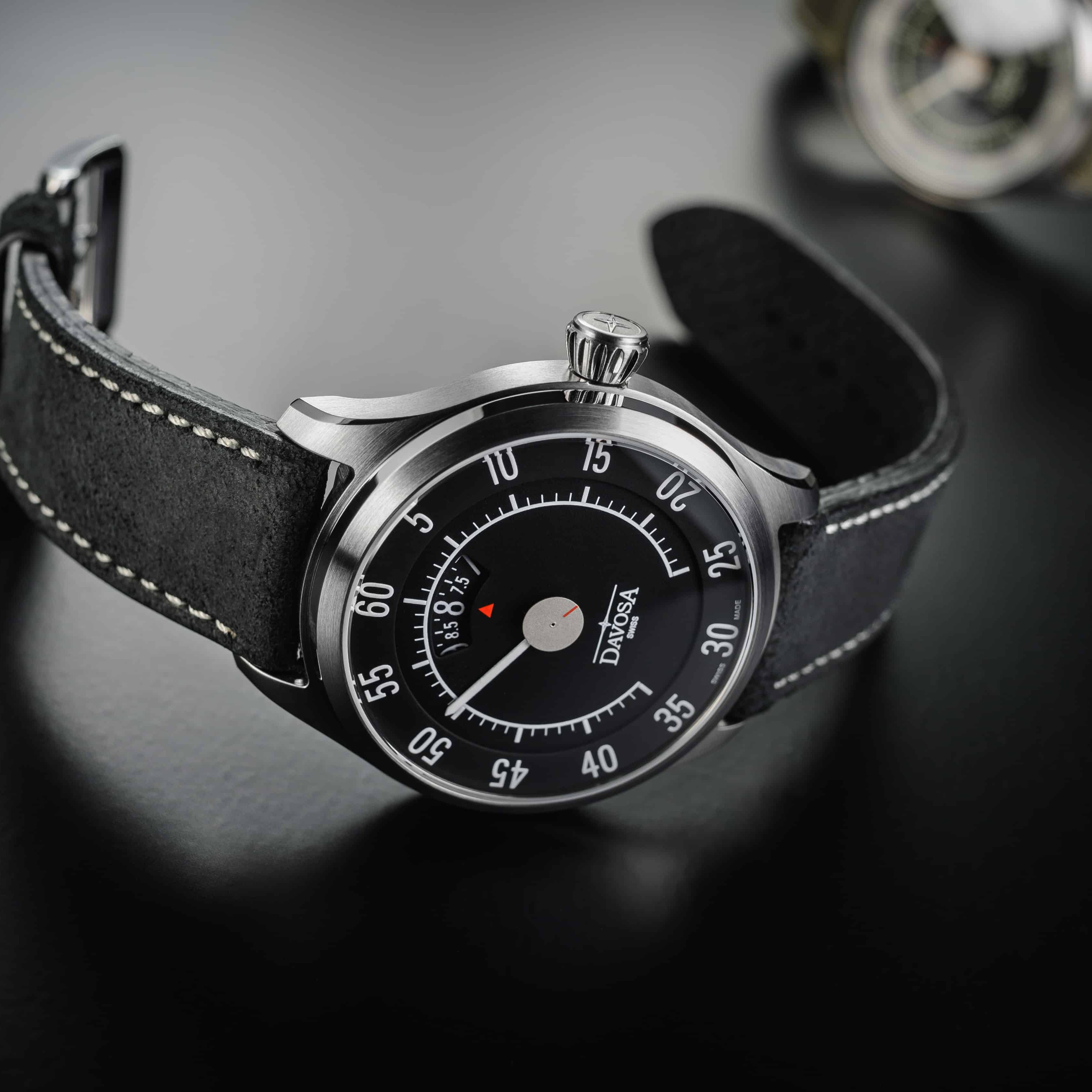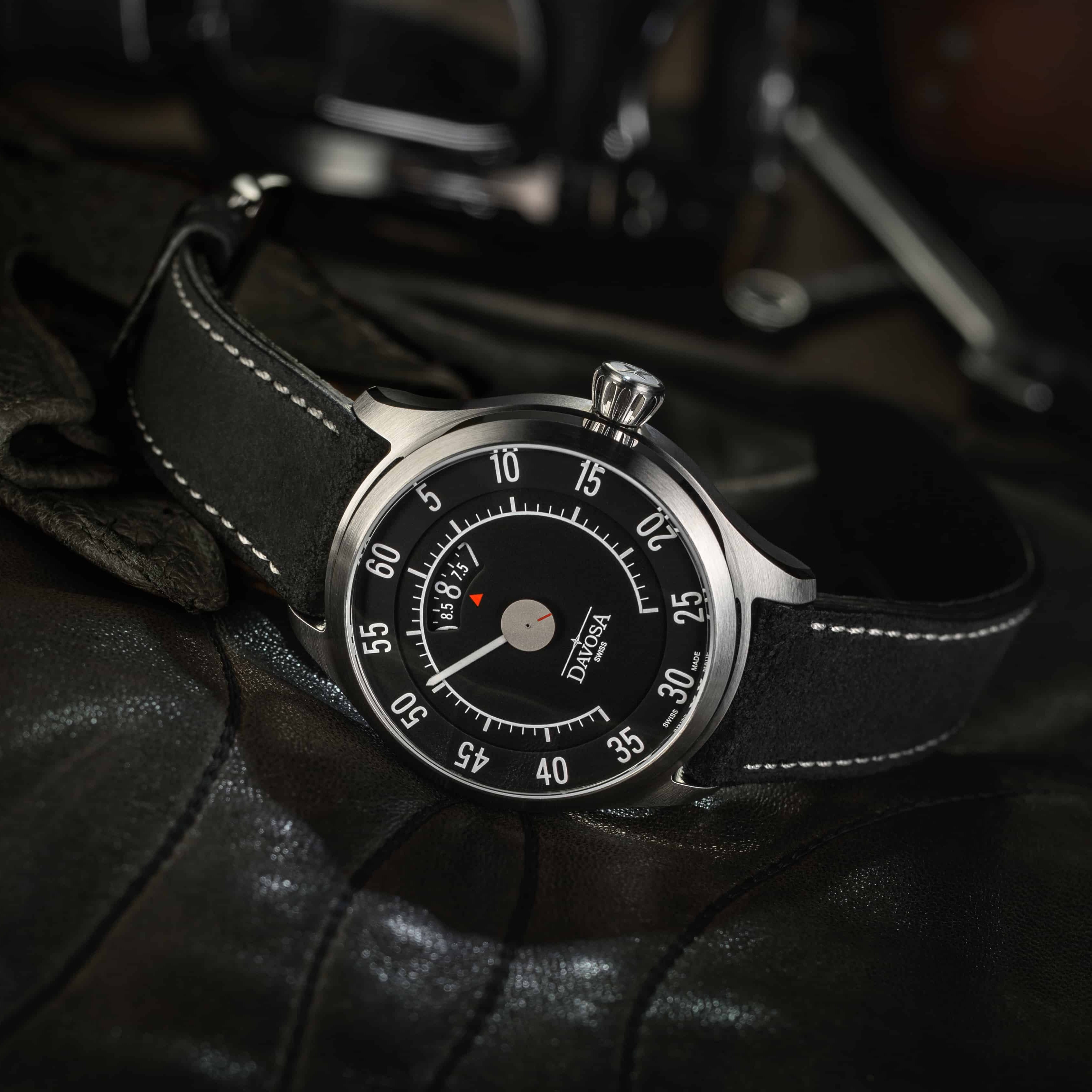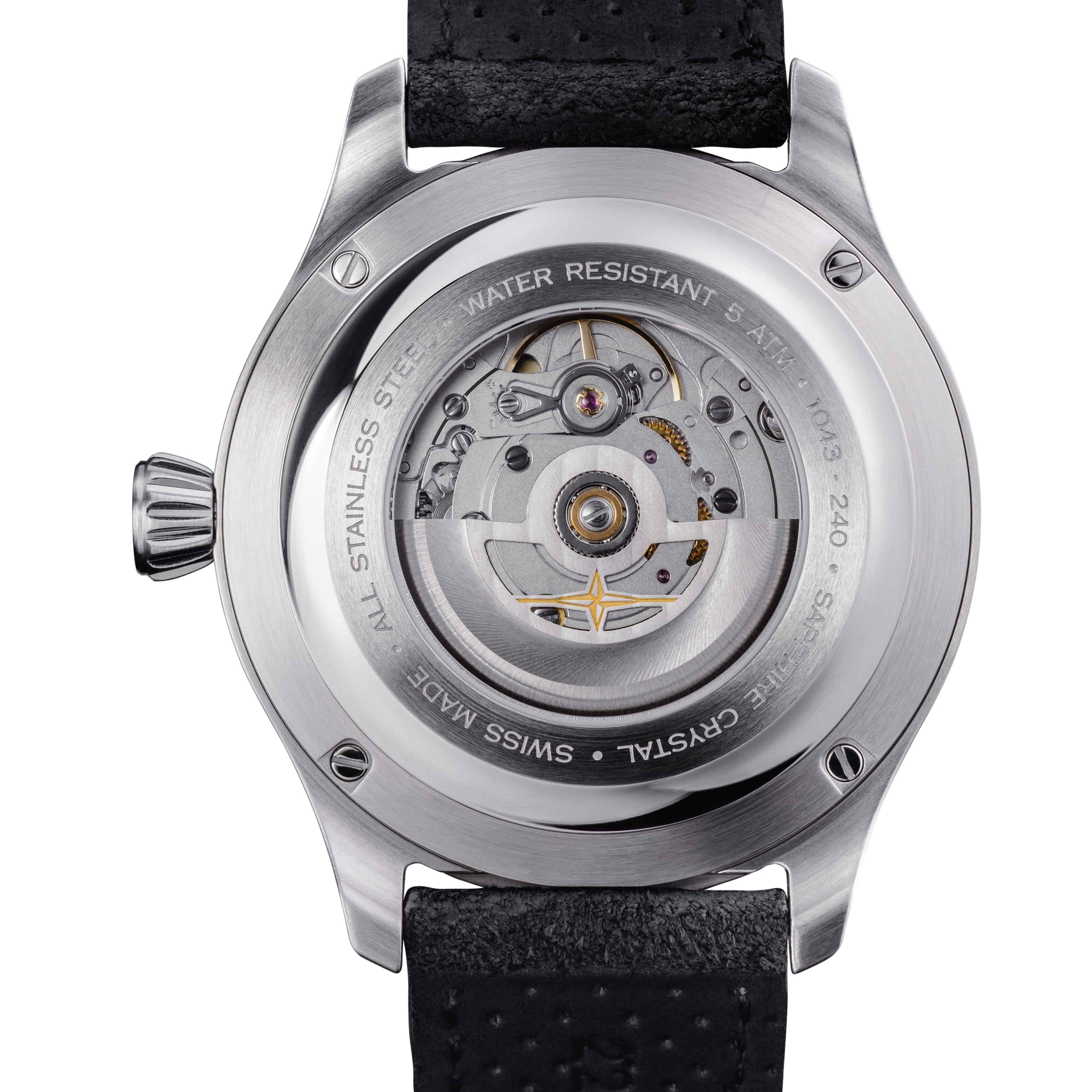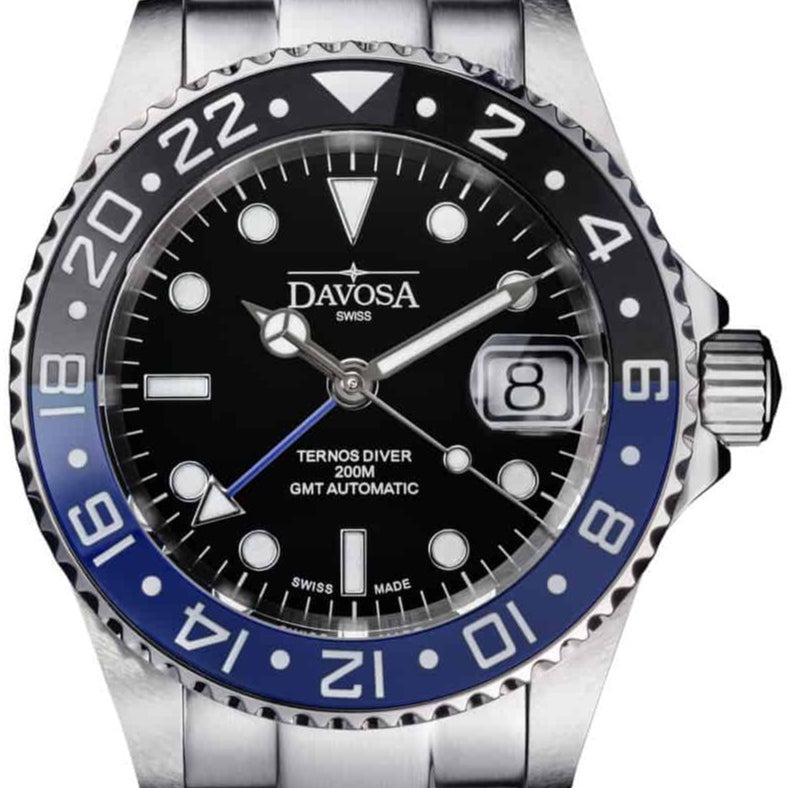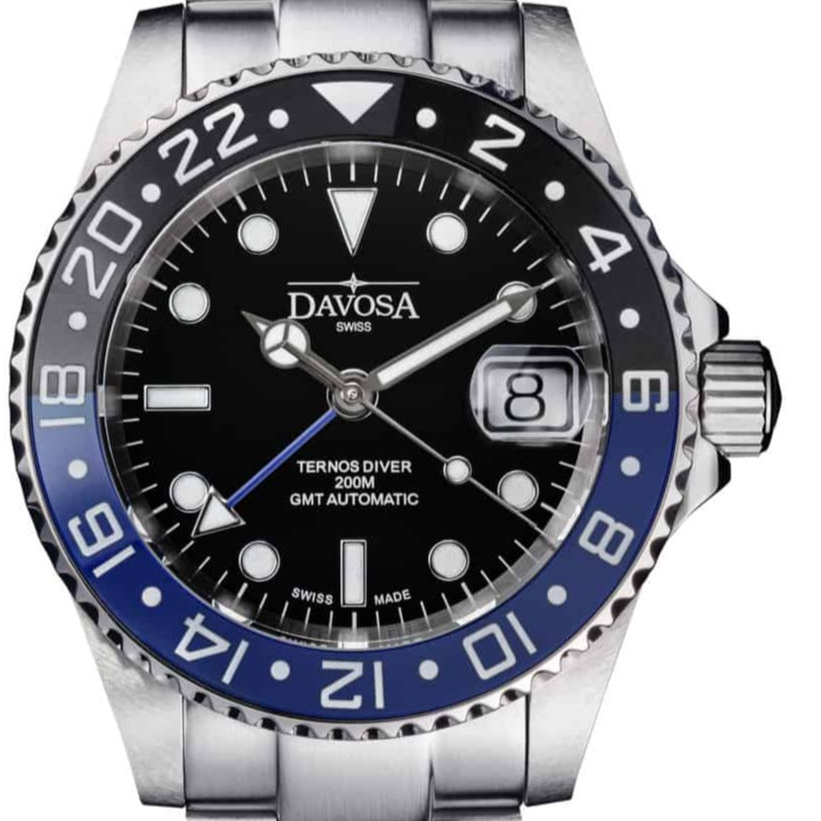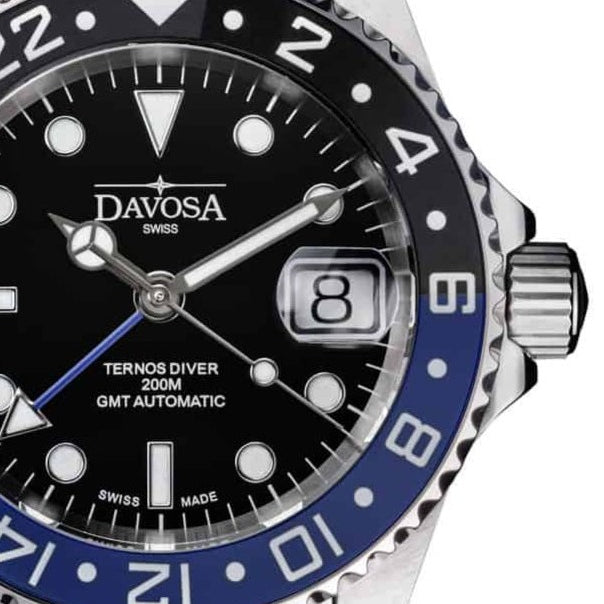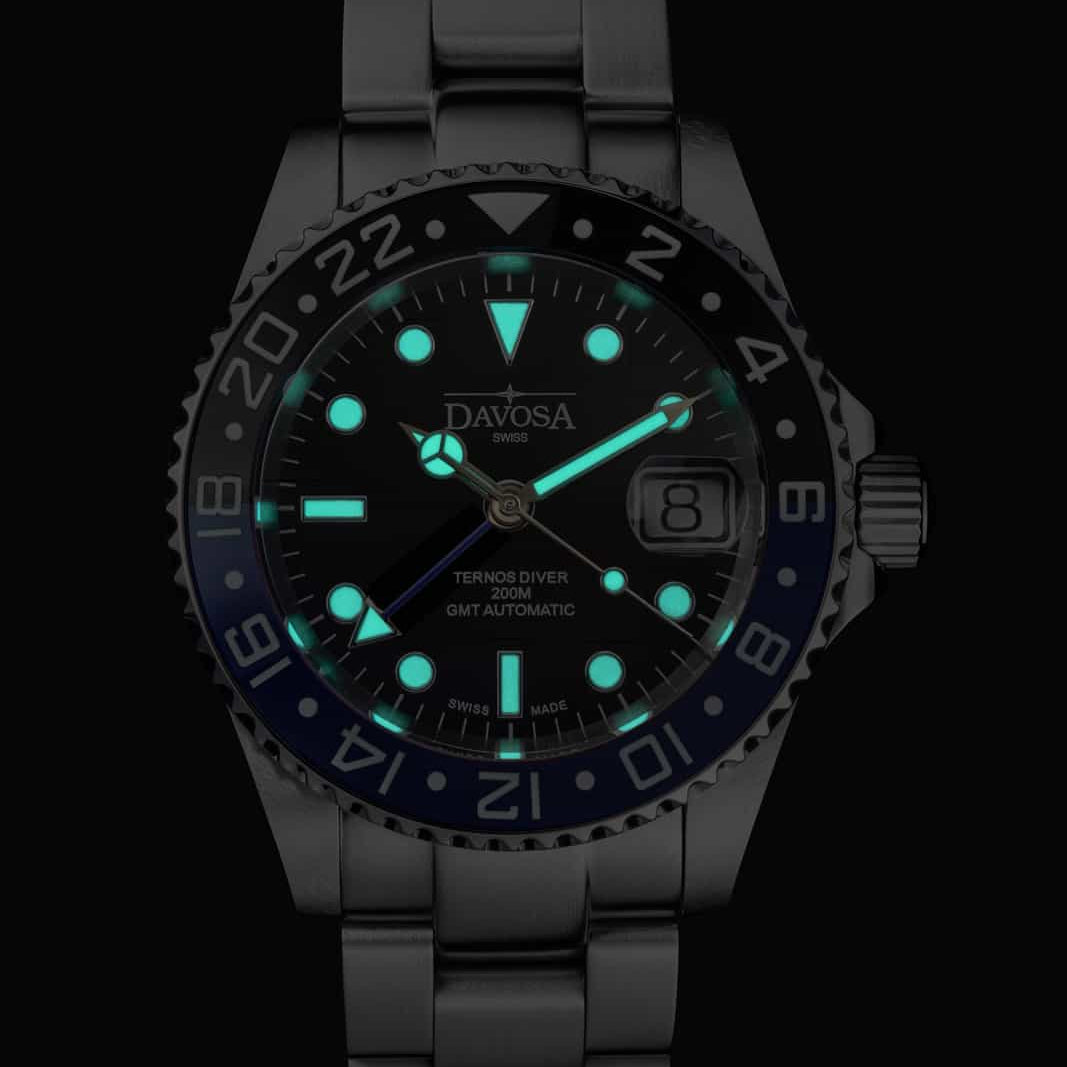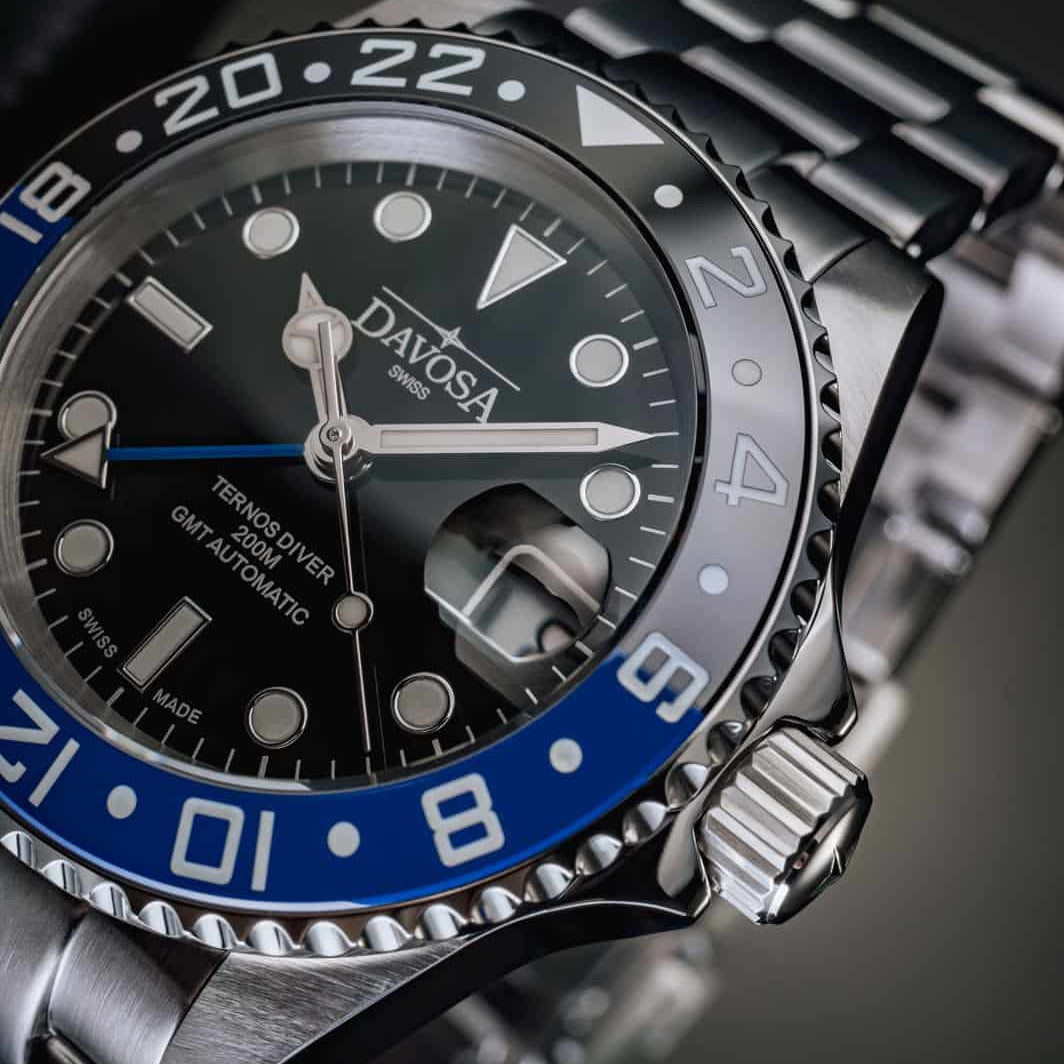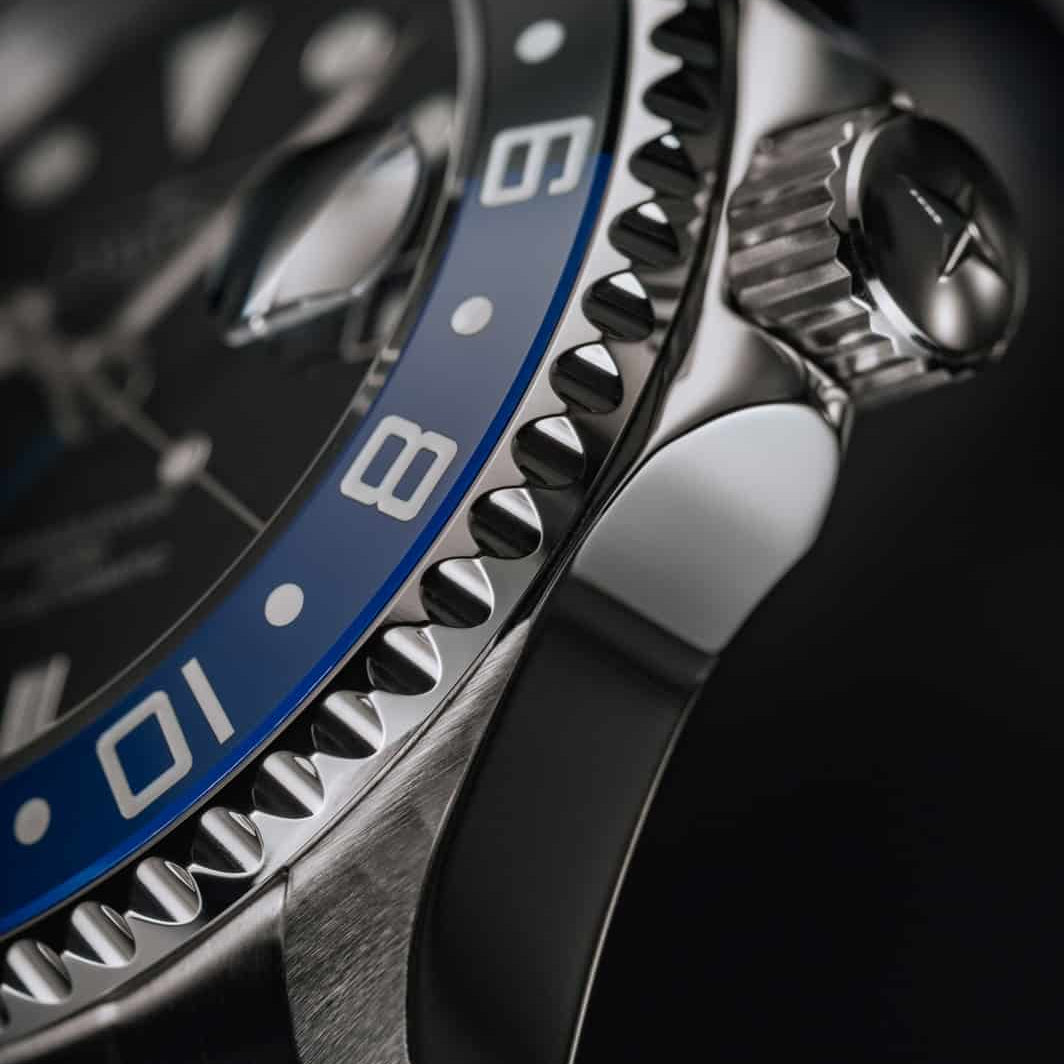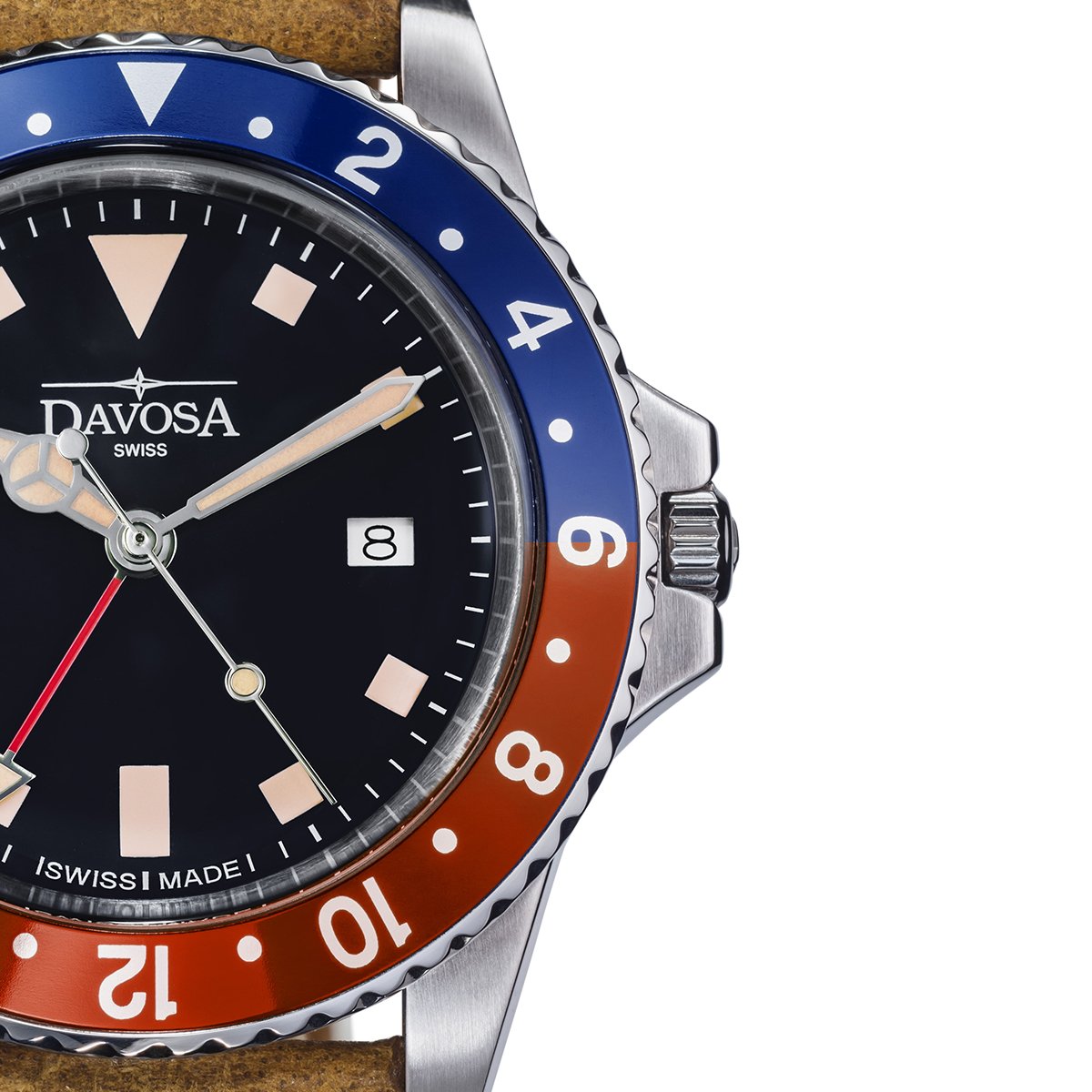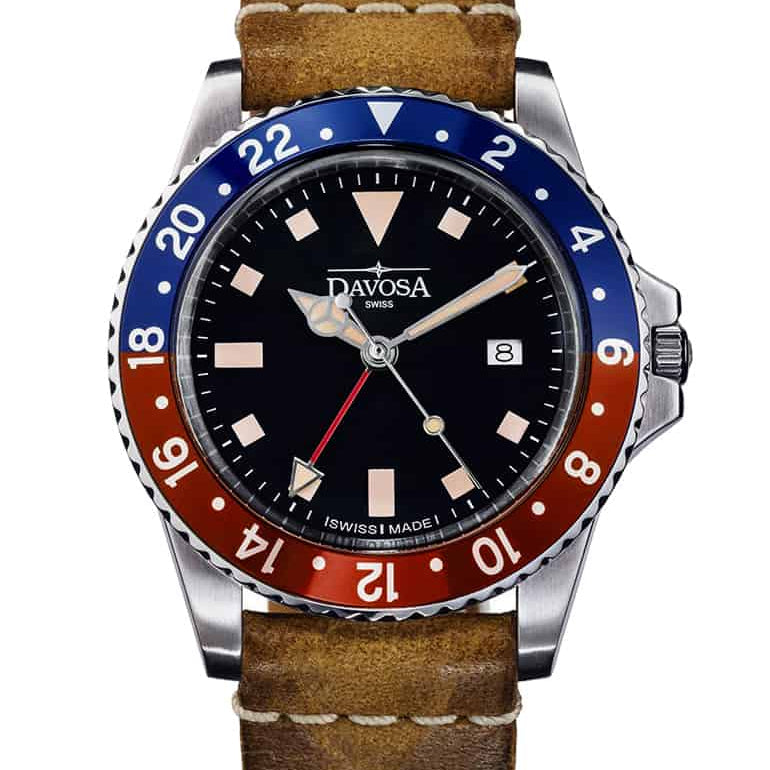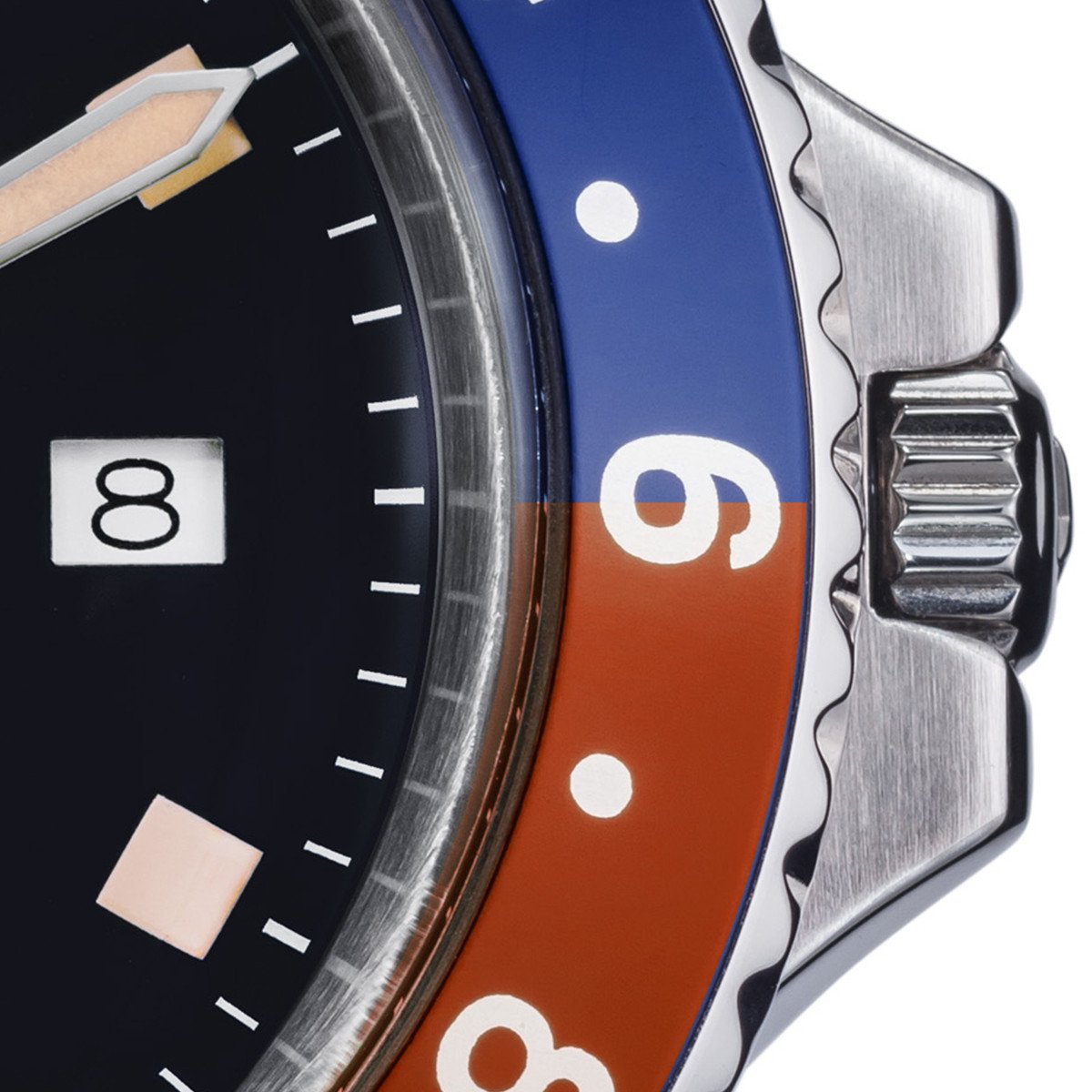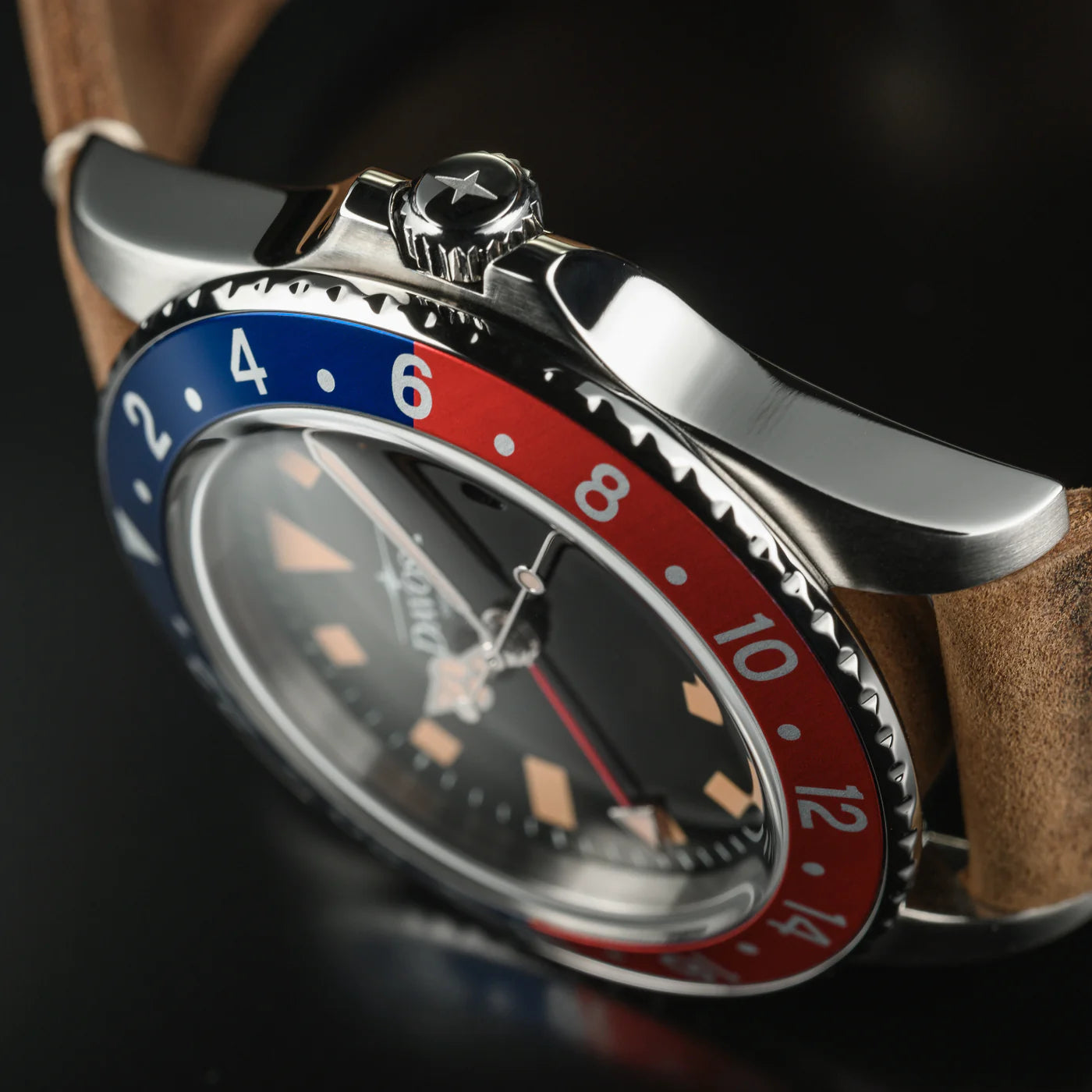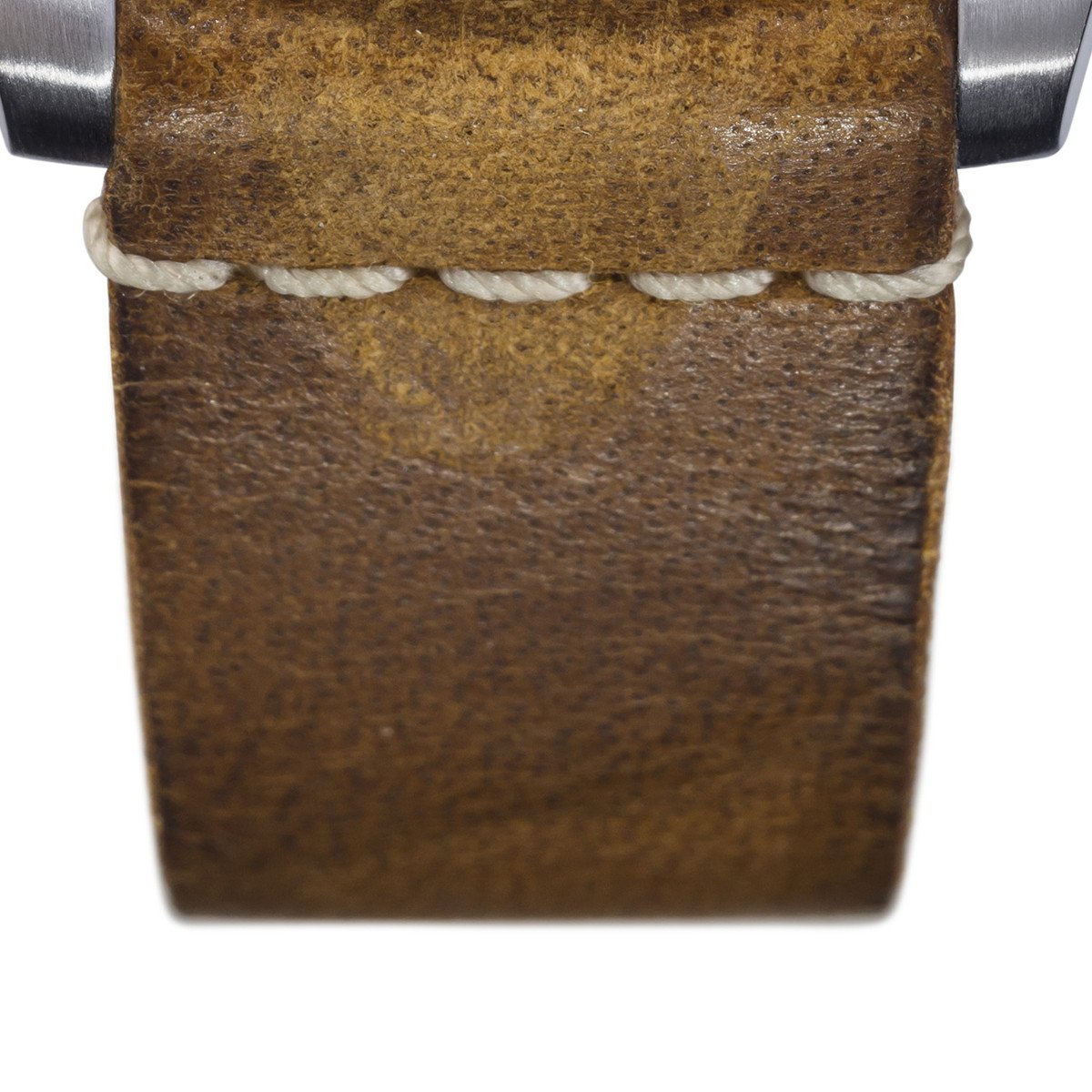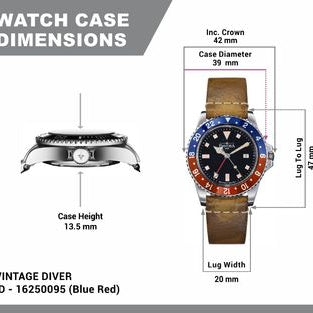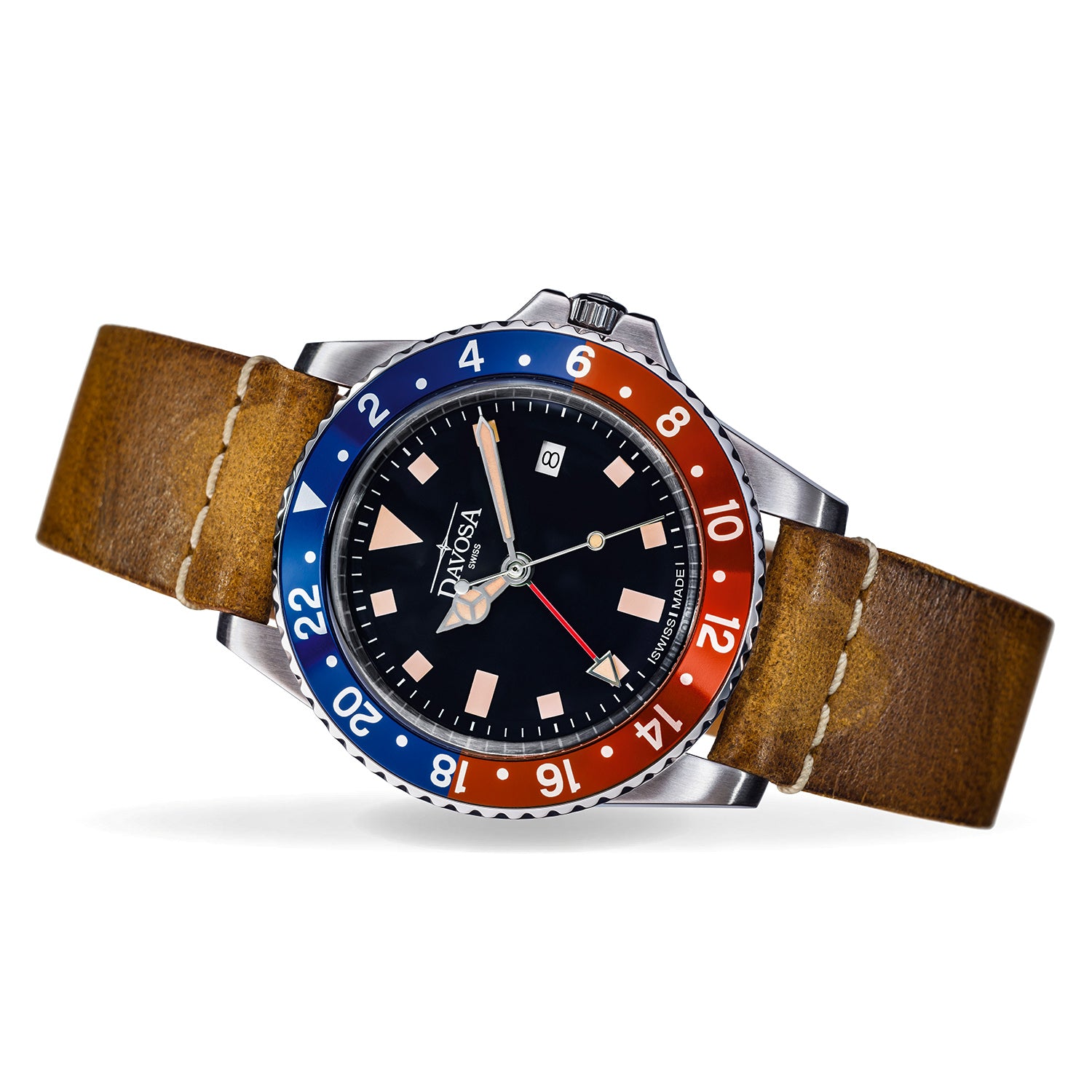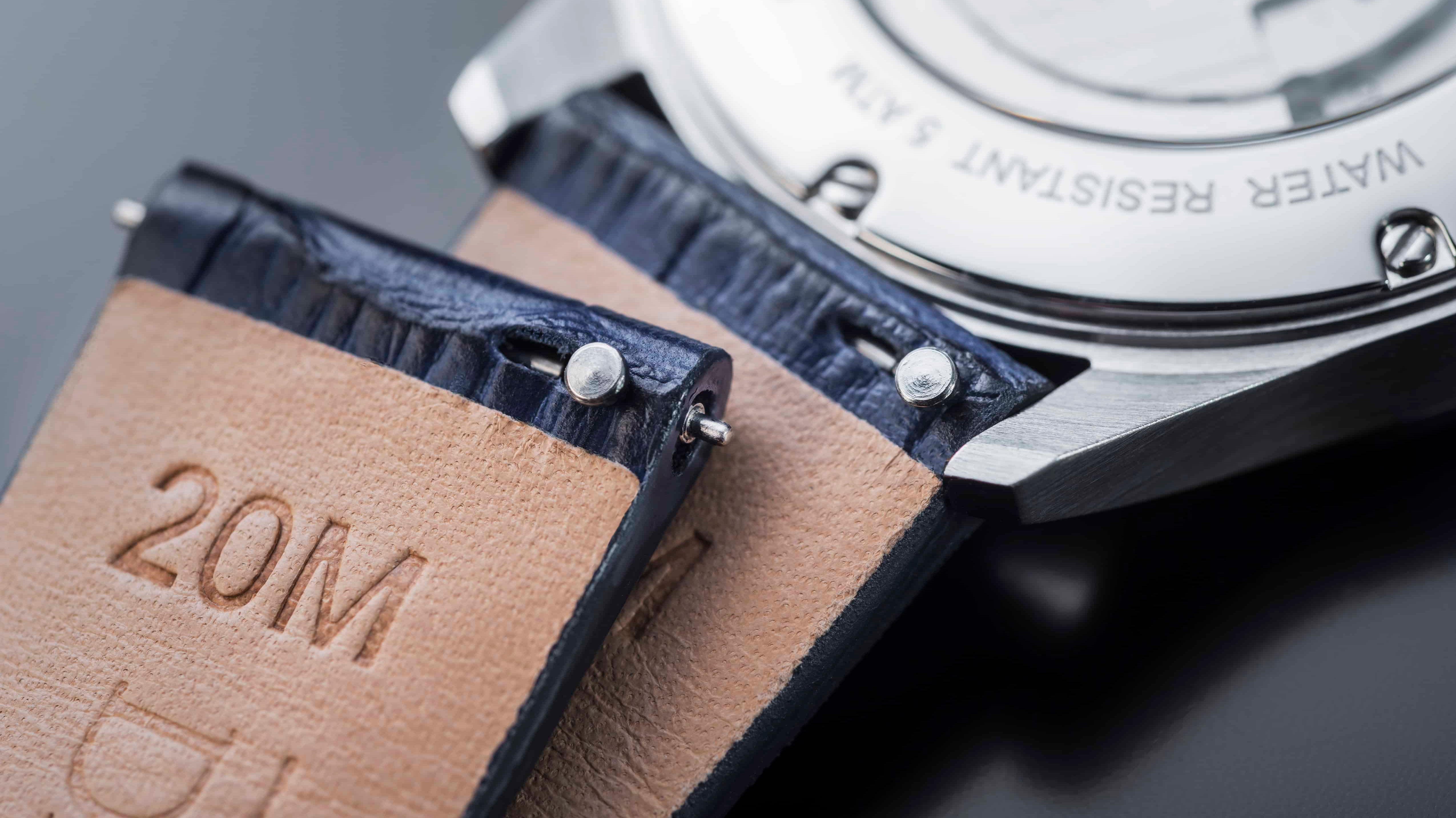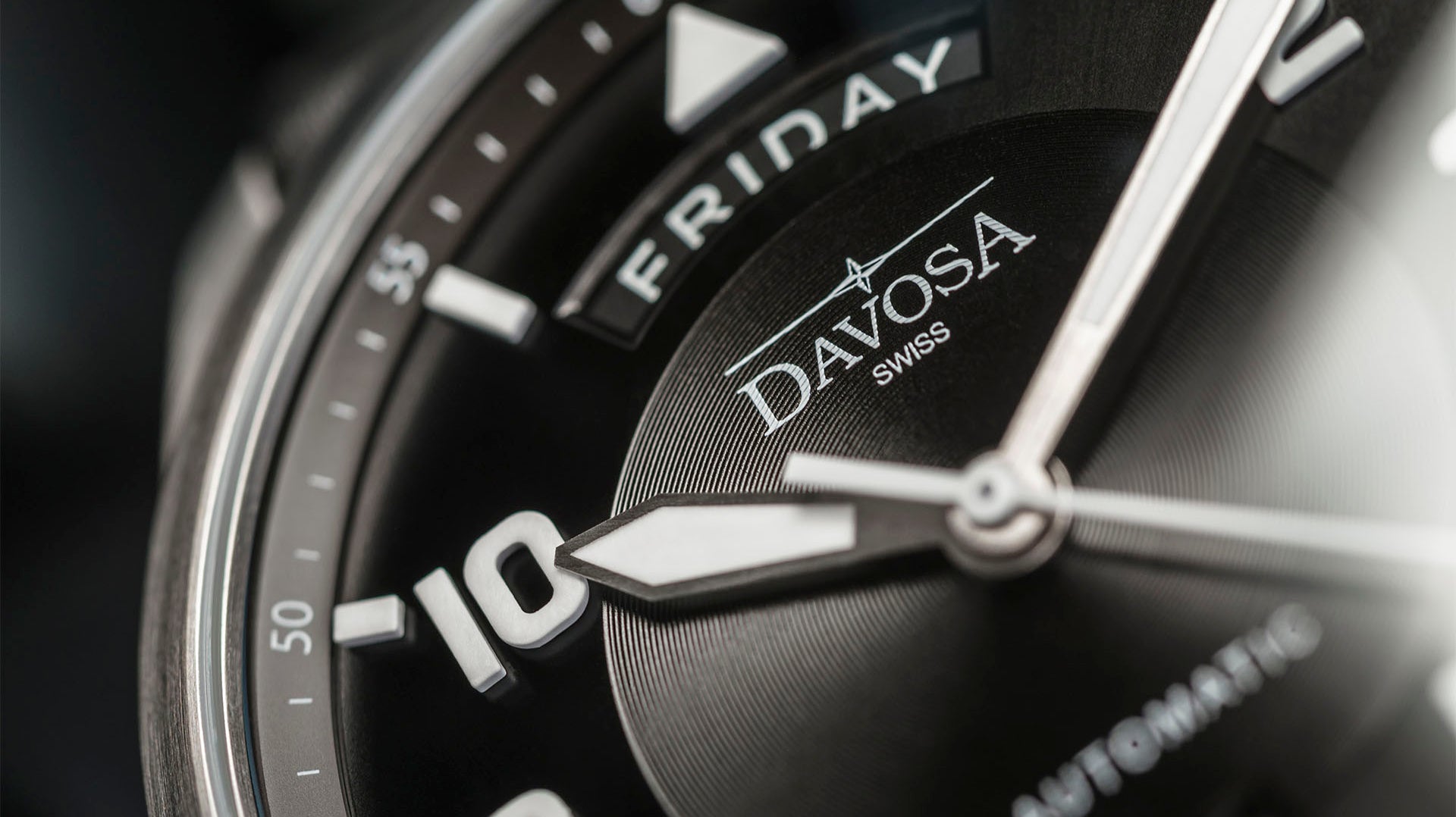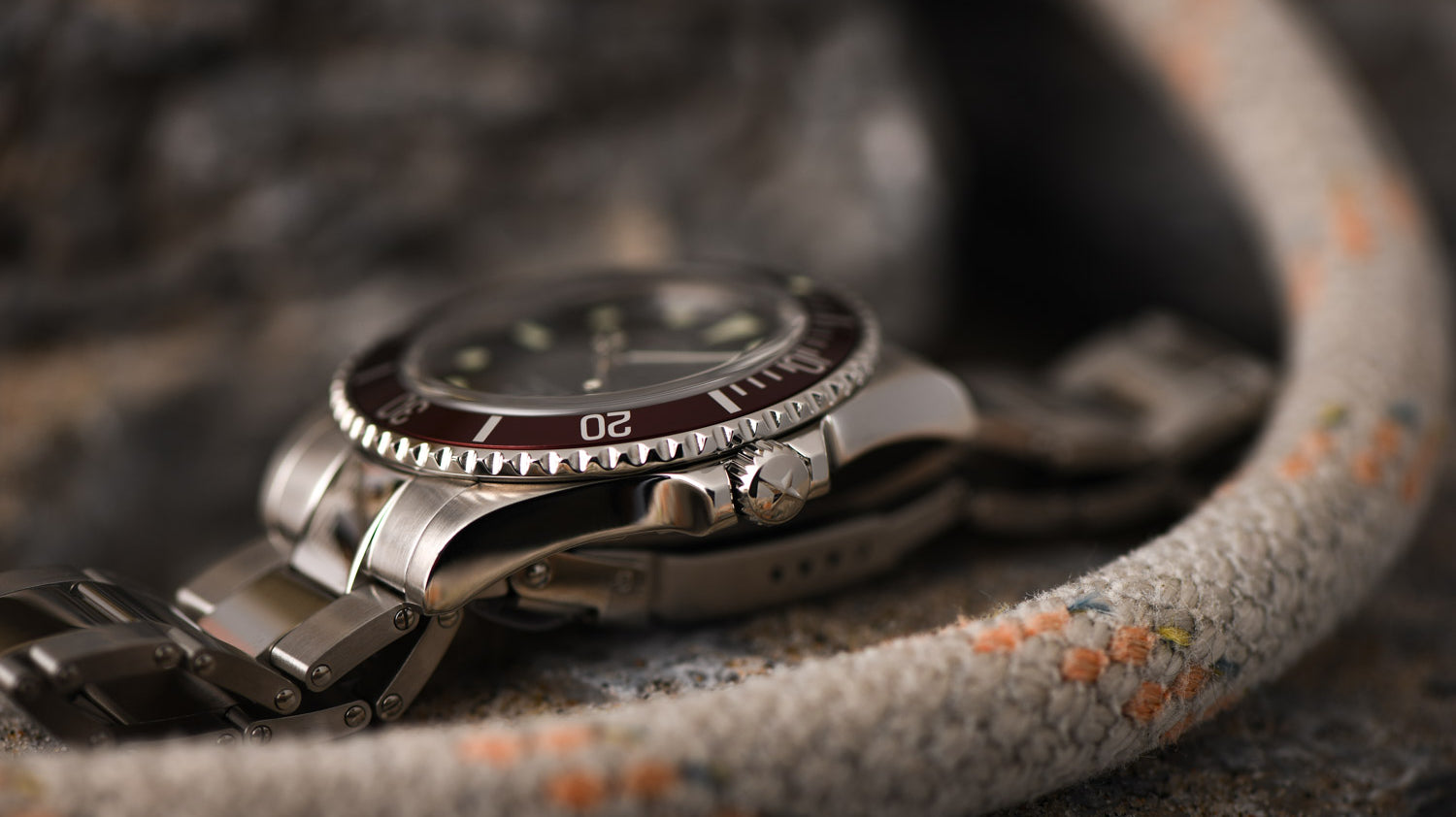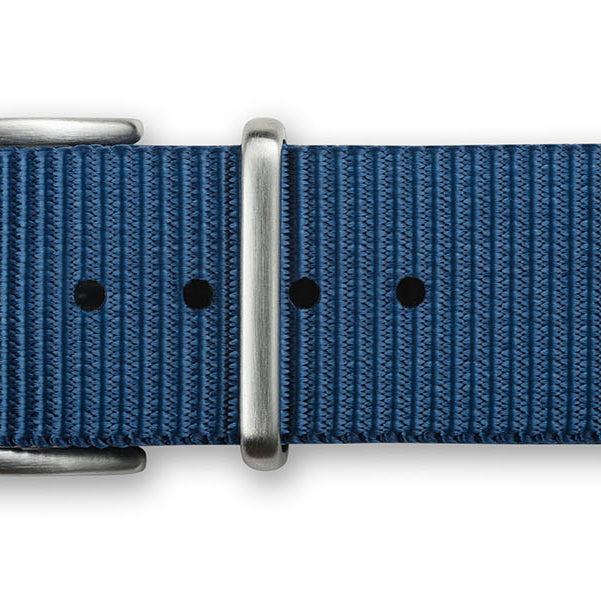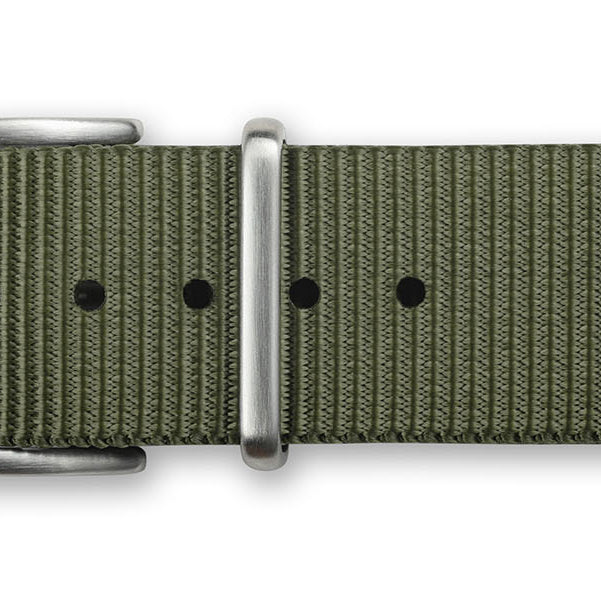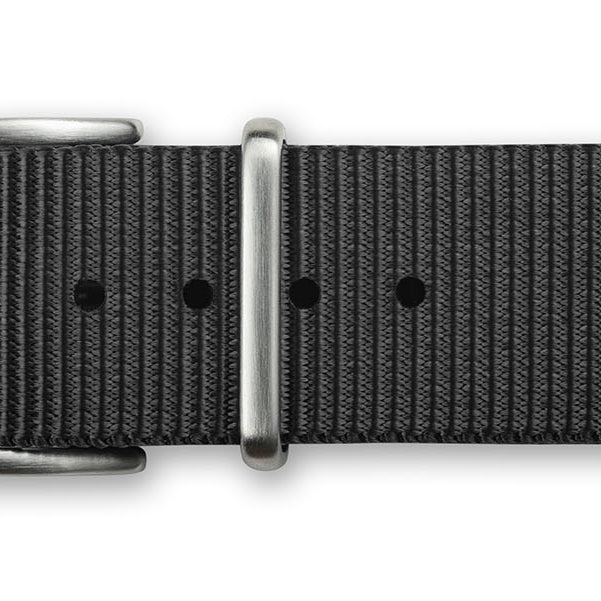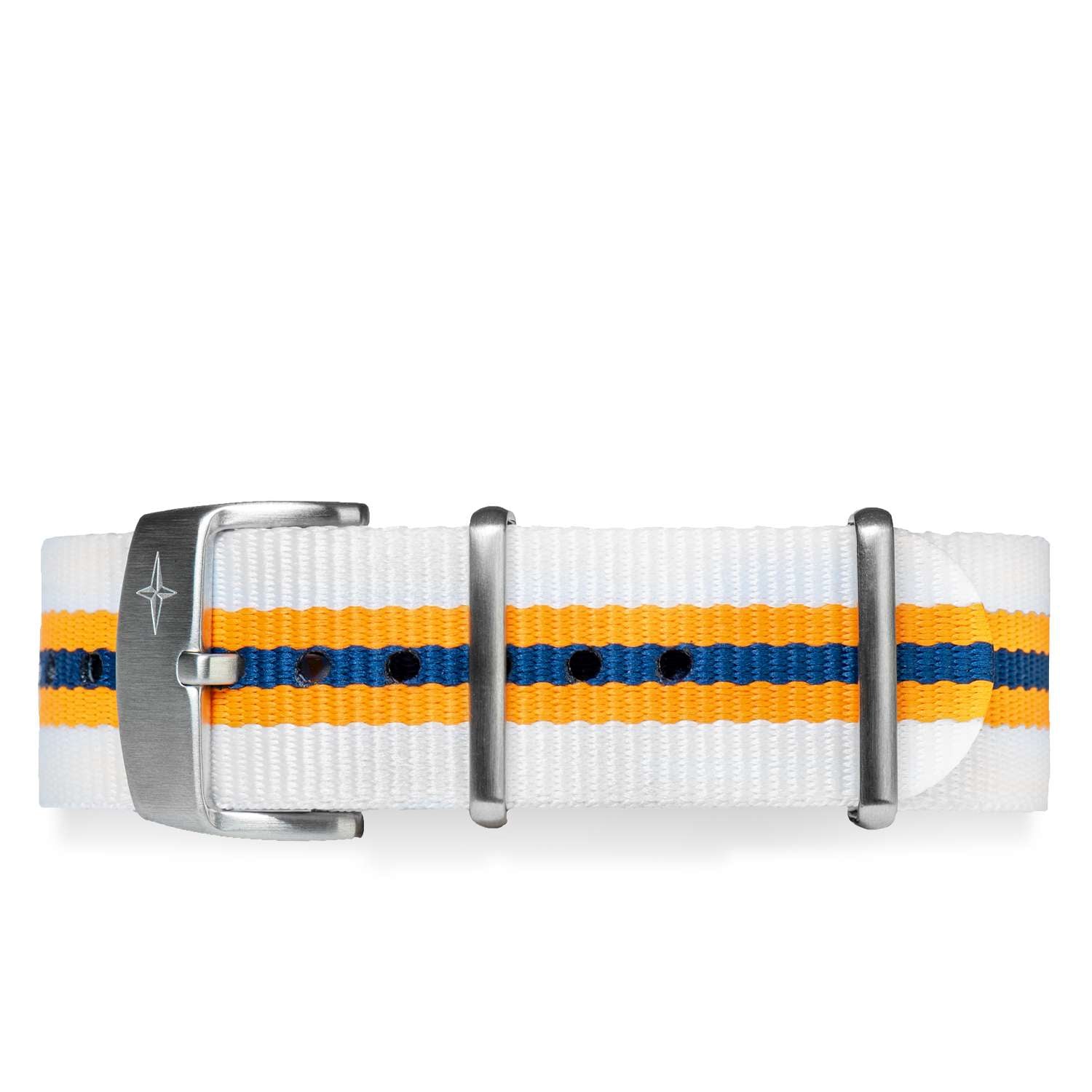It is not just you: many people are perplexed about how watches work, and therefore it is important to explain in simple terms how they do. First, we should say that there are two types of movements: the traditional mechanical one, which uses the force of a spring to work, and the electronic one, which instead uses an electrical impulse that comes from a battery or an accumulator.
Automatic watches belong to the first type, that is, they are mechanical watches. Moreover, they have a peculiarity: thanks to internal mechanisms based on the action of an oscillating mass, they are recharged thanks to the wrist's movement.
It all sounds straightforward, so let's find out in detail what is inside an automatic watch, how it works, and how to take care of it - which are the most important things you should know to ensure your automatic watch stays in top condition.

What is an automatic watch?
An automatic watch is defined as a timepiece that winds itself automatically through the wrist's movement thanks to the oscillation of a mass. This mechanism was theorized at the end of the eighteenth century by a Swiss watchmaker called Perrelet. Still, it was the famous Abraham Louis Breguet who developed the concept of the automatic watch and launched it on the market - but it didn't meet with much success since watches at the time were pocket watches.
It was only later that this system was applied, with more enduring success, to wristwatches. The winding system of the automatic watch movement, that is, the system that winds itself, is basically of two types: the first to be developed was based on an oscillating mass that moved between two stops placed in the watch's mechanism. This system, designed around 1925 by John Harwood, an English watchmaker, is also called “bumper”. The second is based on the movement of an oscillating mass, usually made in the shape of a crescent moon that rotates on a central pivot, which was instead developed by Rolex around 1930.
The movement is transmitted from the oscillating mass through specific gears to the barrel and then winding the mainspring. There are many types of automatic winding systems, and some of them are designed to be applied on top of a normal hand-wound movement.
There is also a protection system to ensure that the mainspring, beyond a specific well-determined limit, does not wind anymore, although the oscillating mass may instead continue to move.

Are luxury watches automatic?
Not all automatic watches are luxury, and not all luxury watches are automatic. So there really isn't much correlation between these two terms, except that traditionally, the most luxurious watches were hand-wound. But the automatic watch accuracy does not depend on this feature.
Why the first luxury watches were hand-wound? Easy! Because originally, luxury wristwatches were ultra-thin, and an automatic mechanism adds thickness to a regular hand-wound mechanism. So, during the golden years of Swiss watchmaking after World War II, the flatter the wristwatches, the more exclusive they were. As a result, automatic watches were reserved for other less formal and more practical occasions – however, some watches of this kind just seem to make the best of both worlds, like the Ternos Vintage
It has to be said that this sharp division fell away in the 1970s, during the Quartz Crisis - so much so that today, many luxury watches adopt an automatic winding system, often using the rotor - shown through an exposed case back - as a decorative element. 
Do automatic watches need batteries?
Fortunately, no. Automatic watches were invented before batteries were used in wristwatches. The first automatic watches were introduced around 1925, and the first watches that needed so-called "button" batteries were the electric watches of the late 1950s. Among these, we can mention the innovative Bulova Accutron, an electromechanical watch that used a tuning fork as a regulating element.
On the other hand, automatic watches were based on proven technology that connected directly to the roots of mechanical watchmaking - and were therefore far more reliable than these new developments, so winding an automatic watch is super easy: you just need to shake the arm a few times. However, we must admit that quartz, after its development phase, has reached full maturity, so that today you can buy quartz watches that are accurate, reliable and beautiful: their weak point, if we must find one, is their dependence on batteries.
Even though quartz movements are now optimized and use high-capacity batteries and require less “juice”, you can never be sure of how much autonomy they have: and in this, an automatic watch is superior because if worn, it never stops working, except in the case of technical failure. This means that the average automatic watch lifespan is about limitless: it just needs some periodic service, as all mechanical watches.

What is the power reserve in an automatic watch?
The power reserve of a mechanical (and not only in an automatic) watch refers to the number of hours of operation it gives with a fully wound mainspring. This number is expressed in hours and is sometimes shown on the dial by a dedicated hand that displays the power reserve. As the watch runs and the mainspring unwinds, the power reserve gradually decreases until it reaches zero, when the watch, now without propulsion, stops.
In a manual watch, the winding is usually obtained by the rotation of the crown; in an automatic watch, this is done by the movement of the arm during our daily lives. This means that an automatic watch in regular use will have a virtually full power reserve every day, only to be reduced when not in use – like when you leave it on your bed stand for the night.

How much does it cost to service an automatic watch?
The cost of service for an automatic watch is roughly similar to that of a manual mechanical watch. This news, which will surely please you when you want to acquire one, reflects the fact that the automatic mechanism and the "simple" date display are so widespread that do not pose particular difficulties to the professional watchmaker.
Instead, when this is coupled with the power reserve indication, or with other functions such as moon phase or chronograph, the maintenance service requires more technical effort and therefore usually costs more. This is a rule that always applies.
In addition, it must be remembered that the service to a watch costs more if carried out at the official service network of a Maison, while it is cheaper if carried out by an independent professional watchmaker. Obviously, this depends on whether a watch is under warranty or not. Therefore, you should carefully consider the two options in the latter case before choosing the best solution for your timepiece. 
How to keep automatic watch when not wearing?
There are two schools of thought on this subject, each with its own merits, but there is no absolute truth. In summary, those who love watchmaking probably have a collection of several timepieces - and the main problem is to keep them running all the time. But you ask if it is it that important that they keep running? Yes and no.
A mechanical watch is obviously based on a mechanism, and any mechanism will wear out when subjected to operation. So, continuing to run a mechanical watch even when it doesn't need to exposes it to the problems associated with wear and friction: hence, you need to give your timepiece a periodic overhaul and thorough oiling to keep all the internal gears and levers running smoothly - not to mention the need to reset all fine adjustments such as a perpetual calendar.
On the other hand, if a watch is left untouched, malfunctions may occur on some parts precisely because of the lack of oiling, as mineral oil, if lest untouched, tends to dry up.
Therefore, we do not express ourselves in one sense or the other – however, if you belong to the believers of continuous motion, there are special time boxes that allow you to keep your watches in action even if they are not worn on the wrist.

Is it bad to leave automatic watches unwound?
Every mechanical watch tends to assume this state, or maximum rest when its charge has been exhausted - and this is perfectly natural for a watch.
In the case of quartz-based calibers, the presence of a battery or an accumulator can represent a real risk for the watch, since exhausted batteries can sometimes deform and lose their content, which corrodes the delicate electronic circuits. A mechanical watch instead does not run this risk: at most, it stops. The problem arises, however, with oiling.
The mineral oil used nowadays in mechanical watches tends, over time, to dry out, becoming thinner and thinner and no longer performing its function of lubrication. This means that if you plan to leave a watch idle for a long time, it's wise to consider an overhaul before returning to full, continuous use. Most manufacturers agree on an interval between overhauls of about five years to keep your watch in perfect working order.

Automatic watches are great, and here’s why
Complicated
It’s only in horology where the word complication has a positive connotation. A complicated watch has more features, and is therefore considered more exclusive and luxurious.
Most of the world’s most complicated watches are mechanical watches, and automatic watches are mechanical. If you like a watch to be able to give you more than just the time then an auto watch is a good bet. Some of their extra features are pretty unique too.
Davosa’s 200m Apnea Diver watch is an excellent example. Not only does it feature a beautiful and durable stainless steel build but also its dial offers a very novel feature for diving enthusiasts. The dial uses brilliant, internationally recognised color codes to help the diver breathe well while under water.

Sweep seconds
Yet another stylish feature exclusive to mechanical watches, a group that automatic watches are a part of. The second's hand on many auto timepieces moves in a continuous, smooth motion, giving the watch a sophisticated and elegant feel. The hand almost glides around the dial.
Still, for those who prefer the traditional style, some modern autos feature additional gears that enable them to tick once each second.
Self-winding watches last long
Automatic timepieces can run for decades. In fact, those that are serviced professionally every four to five years can last more than half a century!
The important thing is to make sure the parts are cleaned and oiled every number of years. For many collectors and enthusiasts, picking up a screw-driver set and fine-tuning their beloved watch is a fulfilling hobby. Those who are less handy prefer to take them to a professional for a relatively small fee.
Also, auto watches are easy to bring back to life if left unused for long. Most restart once the parts are re-oiled and the watch is given a good shake.
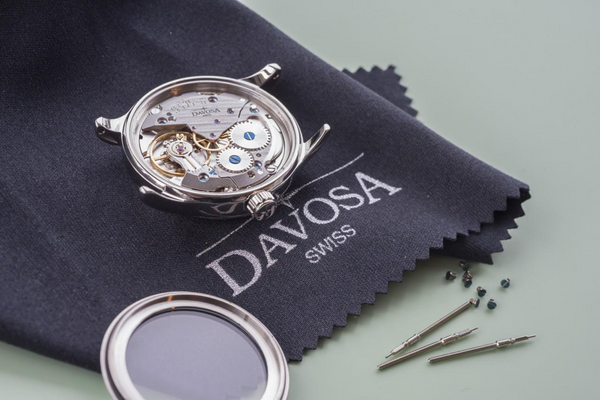
That unique, aristocratic feel
Watch connoisseurs will tell you that timepieces are not just for telling time. A good watch will accentuate the sharp look of a nice suit in a way that no other jewellery can.
Automatic watches today are coveted for the same reason as restored VW Beetles - vintage glamour. They were great before the quartz watches surge of the 1970s and now they’ve stolen the show again. If you love vintage stuff, they’re a must-have.
Automatic watches with a see-through case back take it up a notch. Watch with wonderment as the gears move and tick in perfect symphony to drive your device. They never stop. The beauty of it is eternal.

In summary
If the great watchmakers of the past were still alive, they would undoubtedly consider modern automatic watches to be a marvel.
For example, in the 1800s, it was necessary to wind your pocket watch once a day. The operative period between maintenance services was of one year. Today, the latest movements, which use winding springs made of special alloys and an optimized power transmission mechanism, achieve autonomy of up to 80 hours—a bit like having perpetual motion on your wrist, and need service once every five years. Definitely, a marvel.
The Davosa-USA.com website is NOT affiliated in any way with Audemars Piguet, Franck Muller USA, Inc. Richard Mille or Richemont Companies, Seiko, or any other brand which is not Davosa Swiss. Rolex is a registered trademark of Rolex USA. Davosa-USA website is not an authorized dealer, reseller, or distributor for Rolex and is in NO WAY affiliated with Rolex SA or Rolex USA or any other brand besides Davosa Swiss. |







